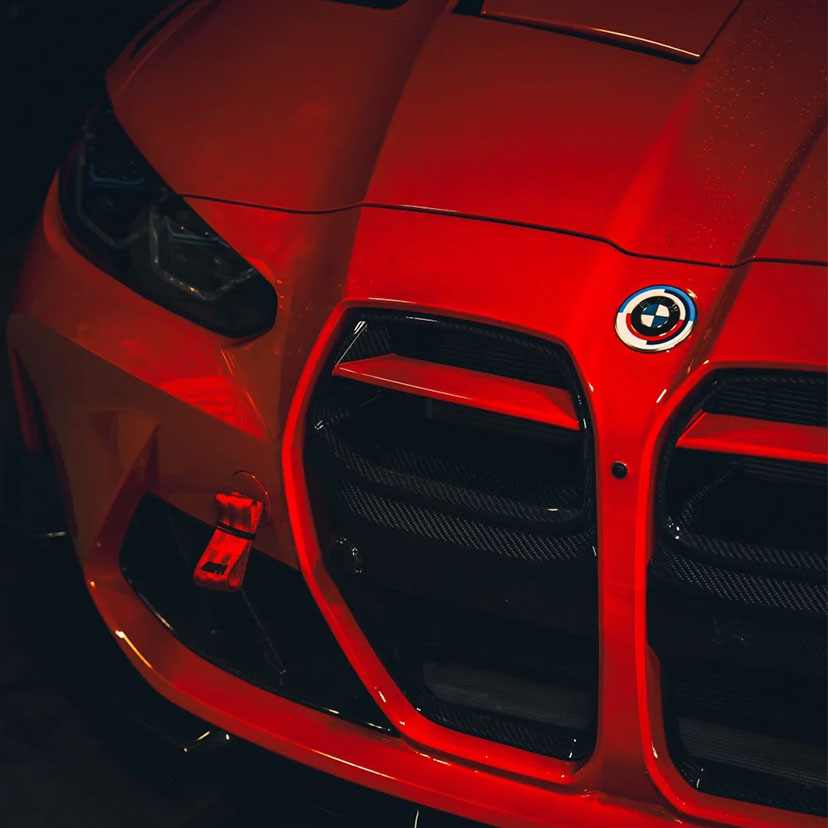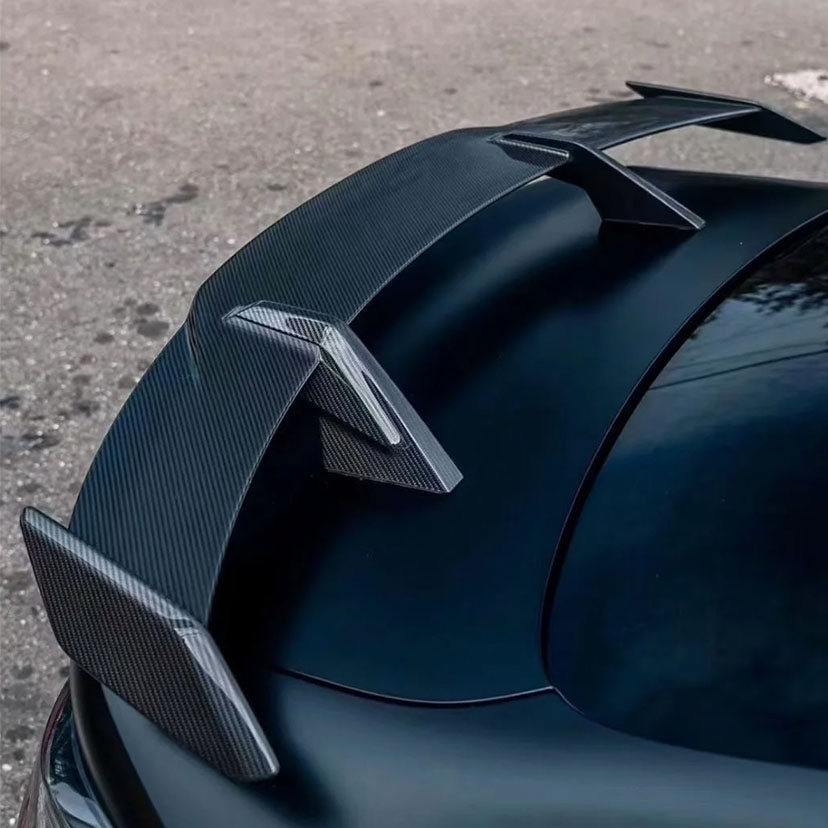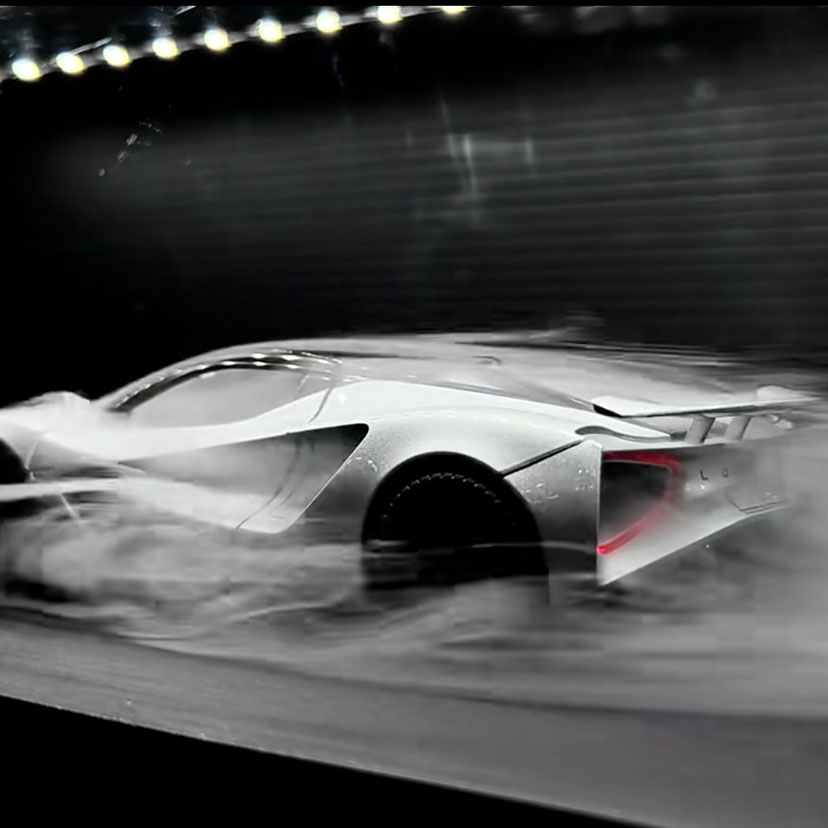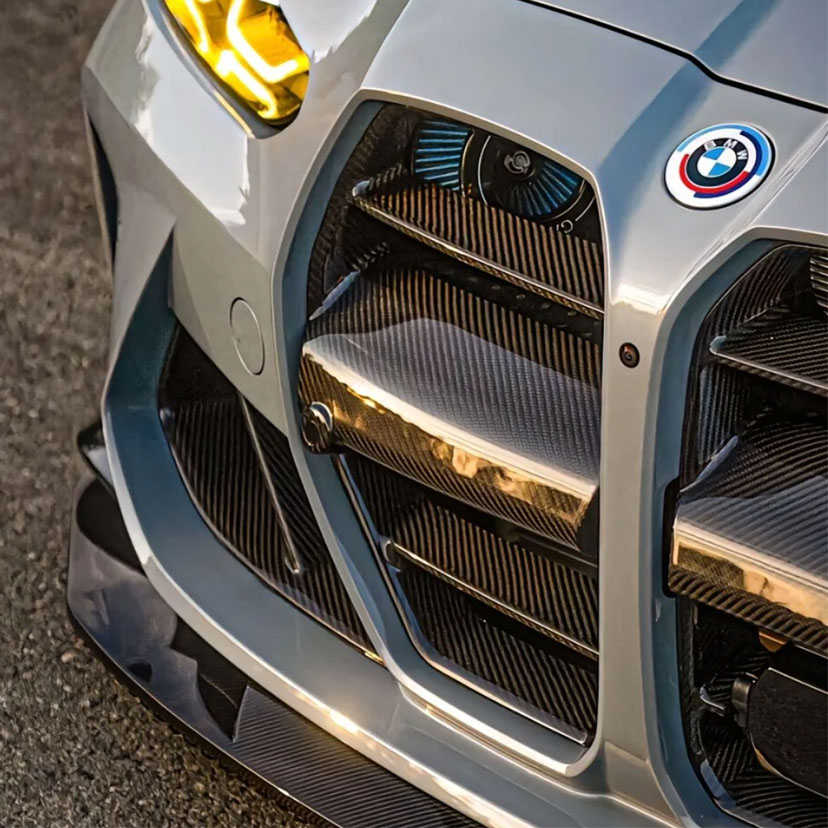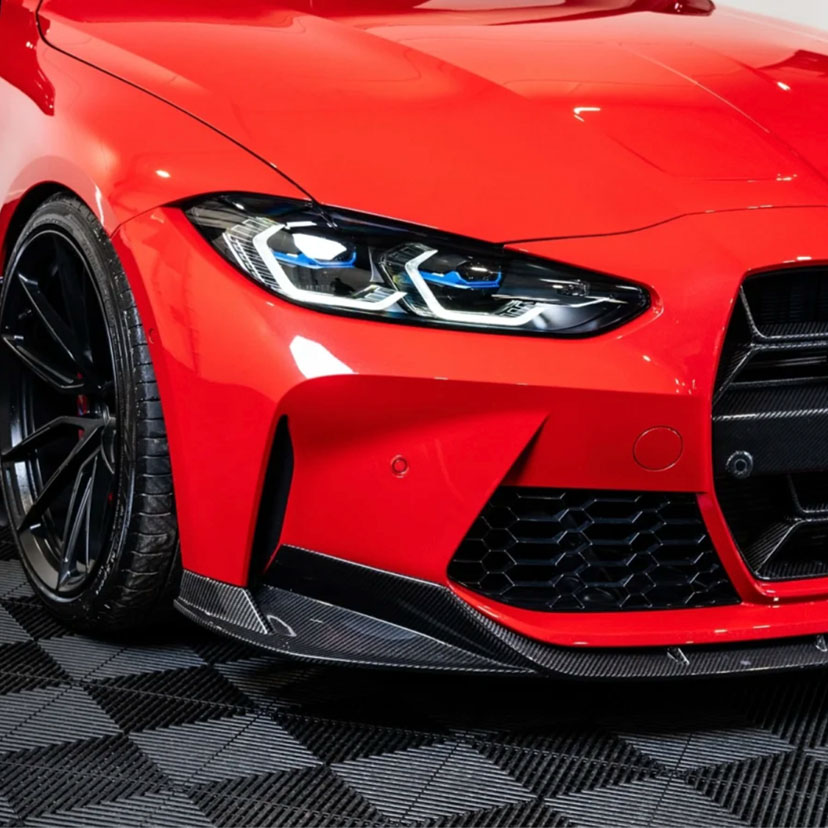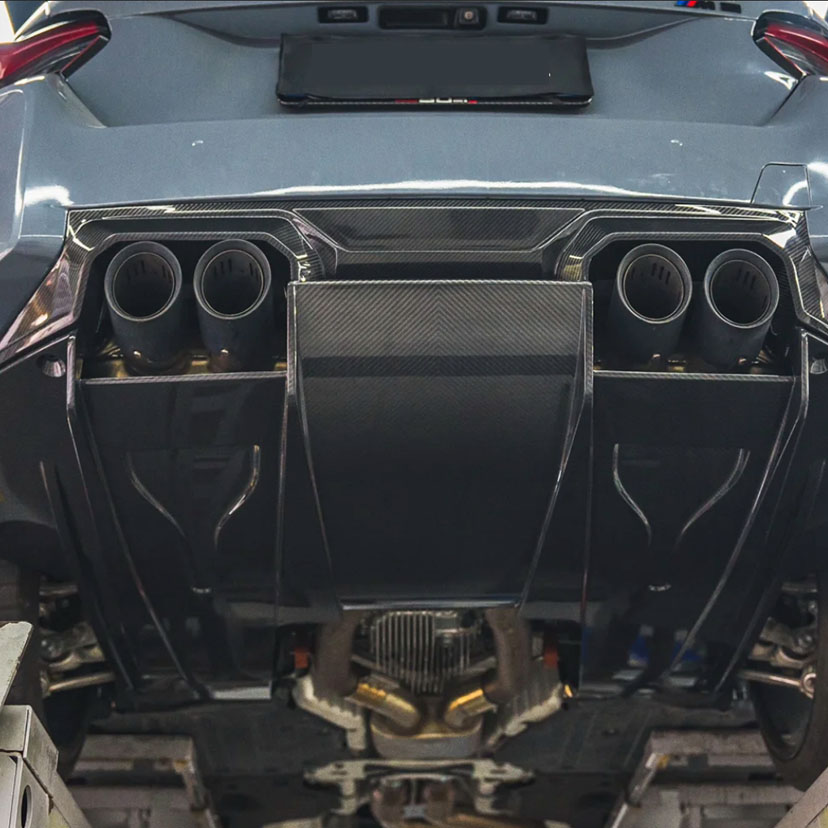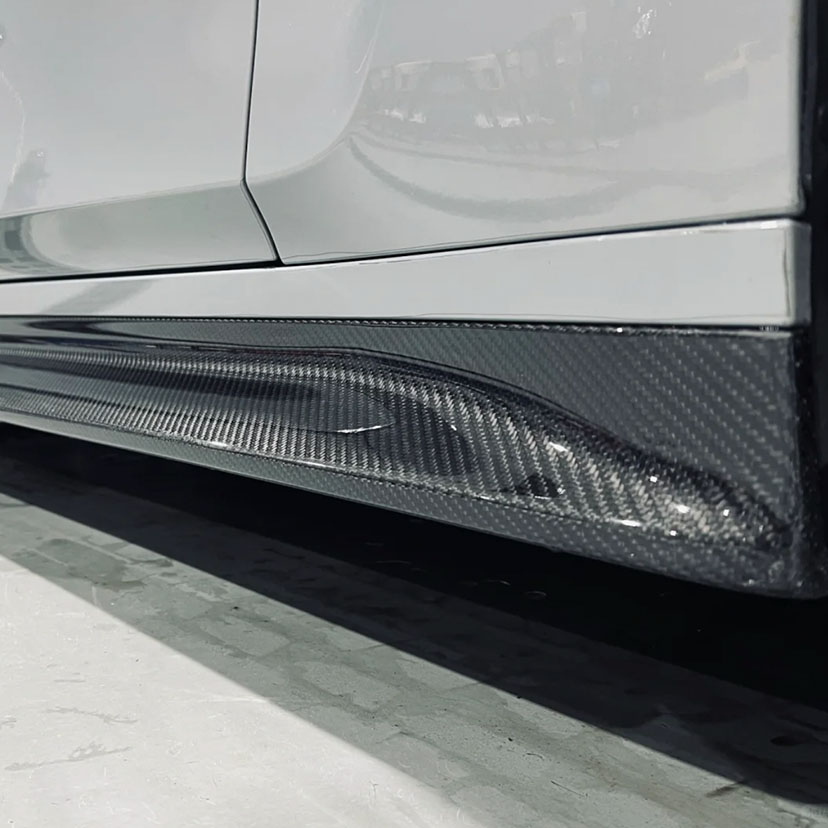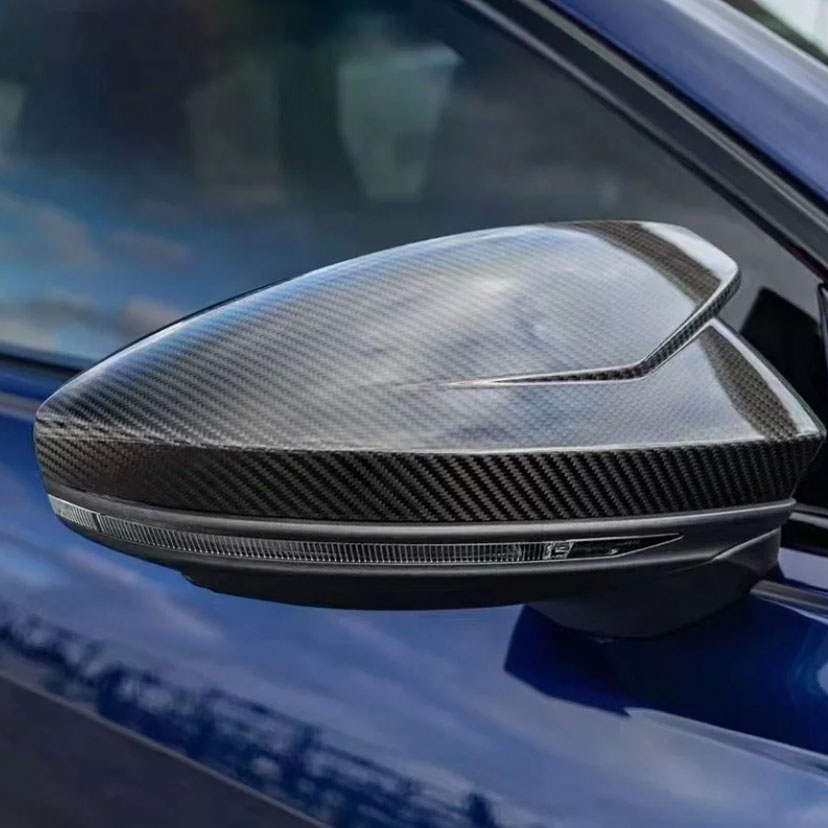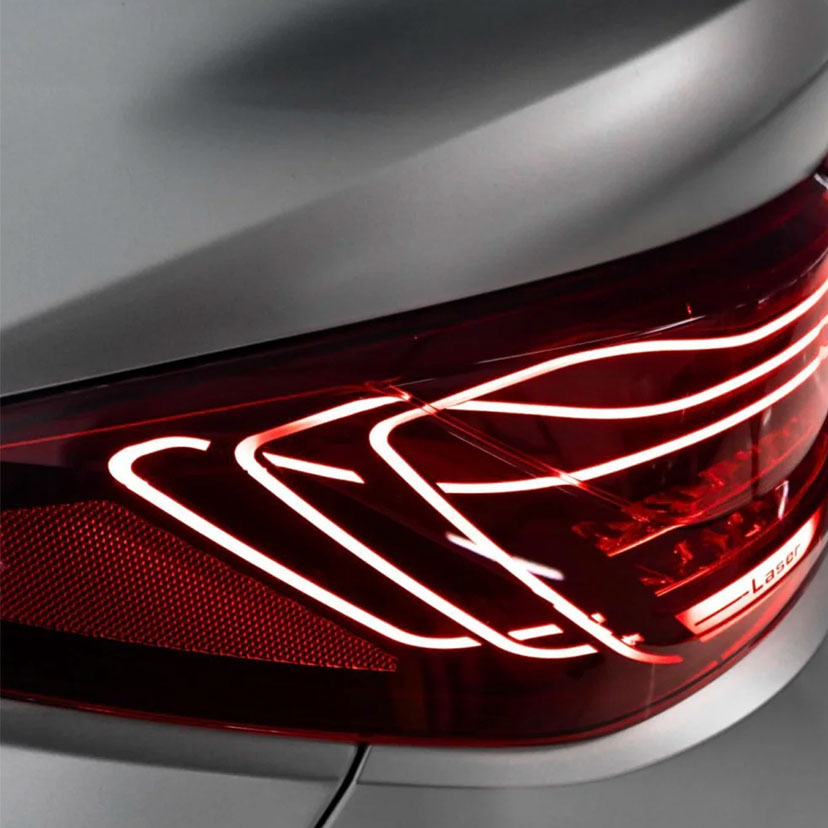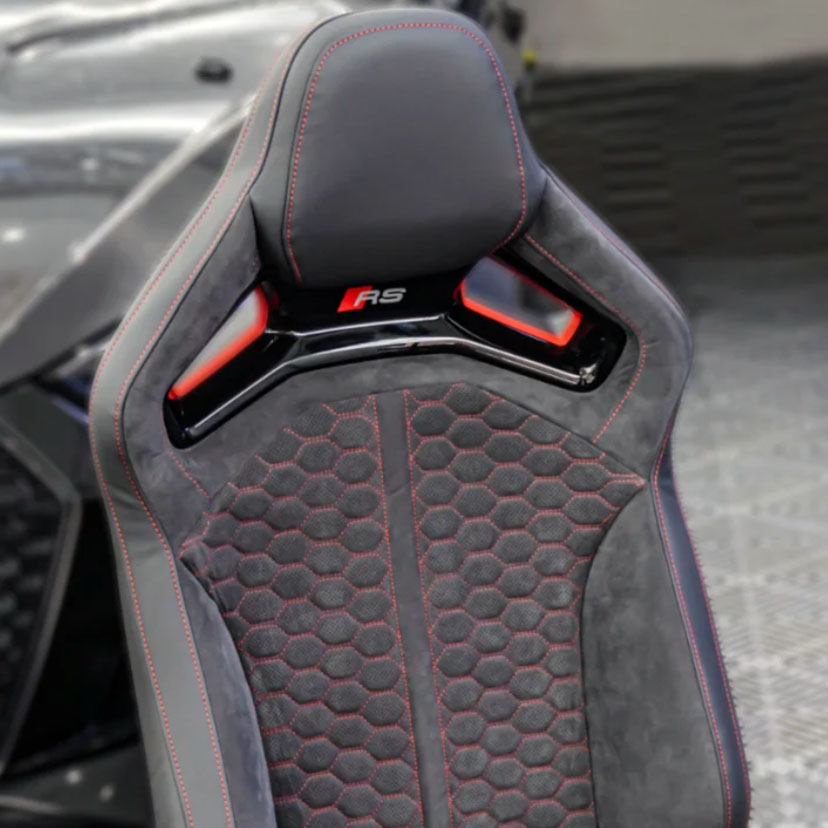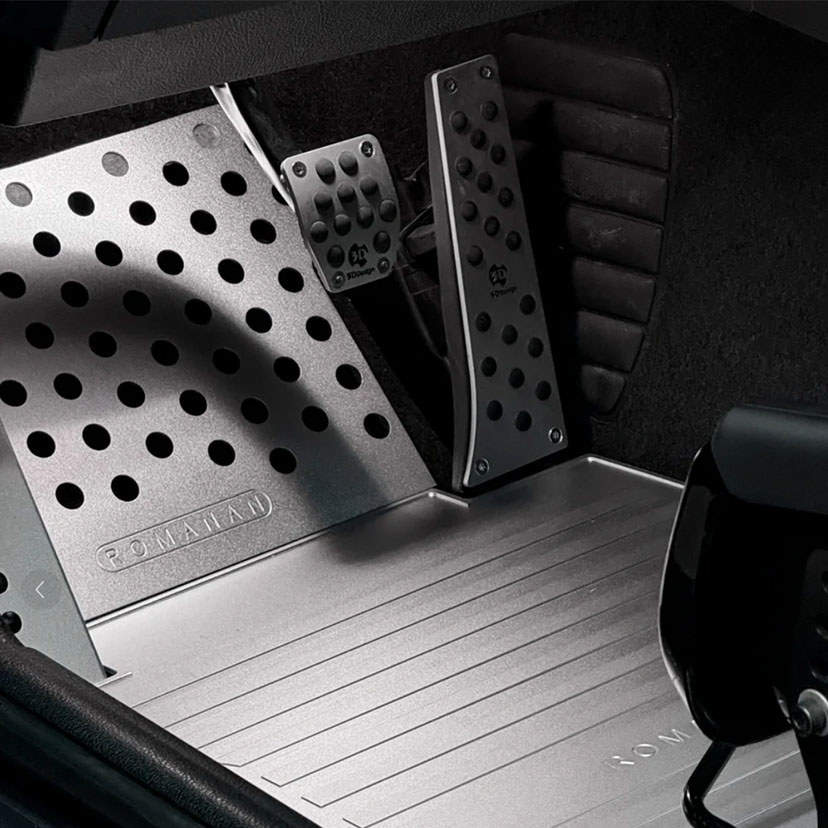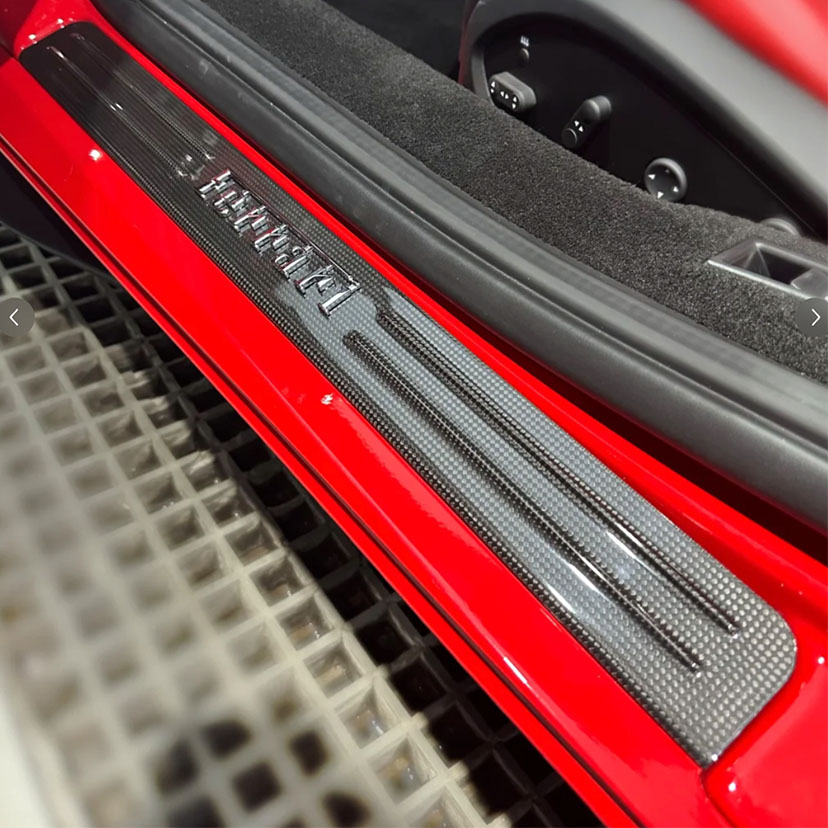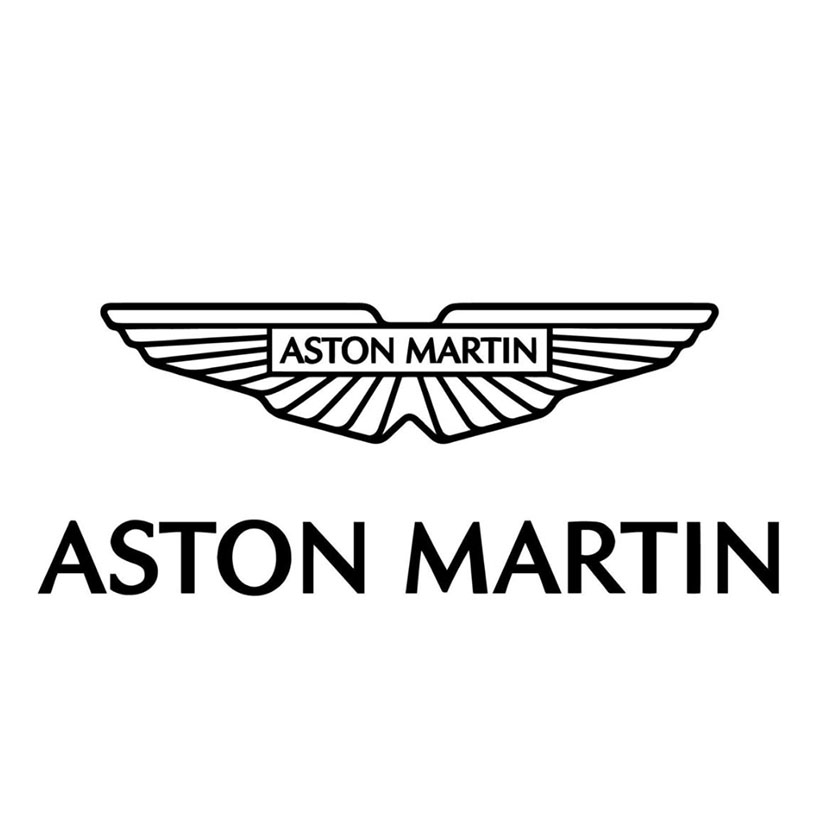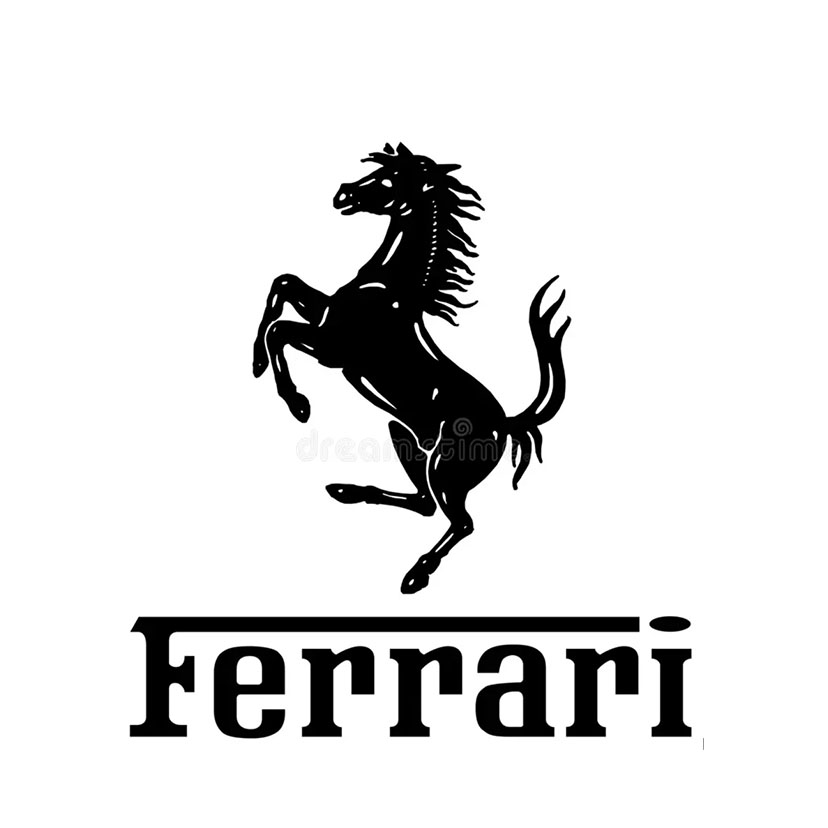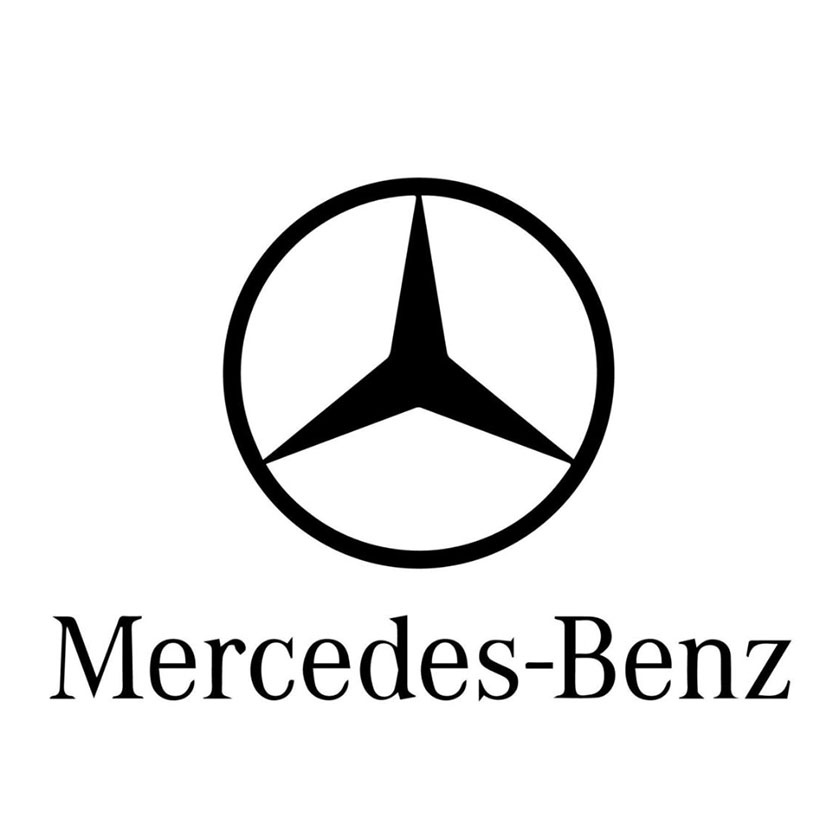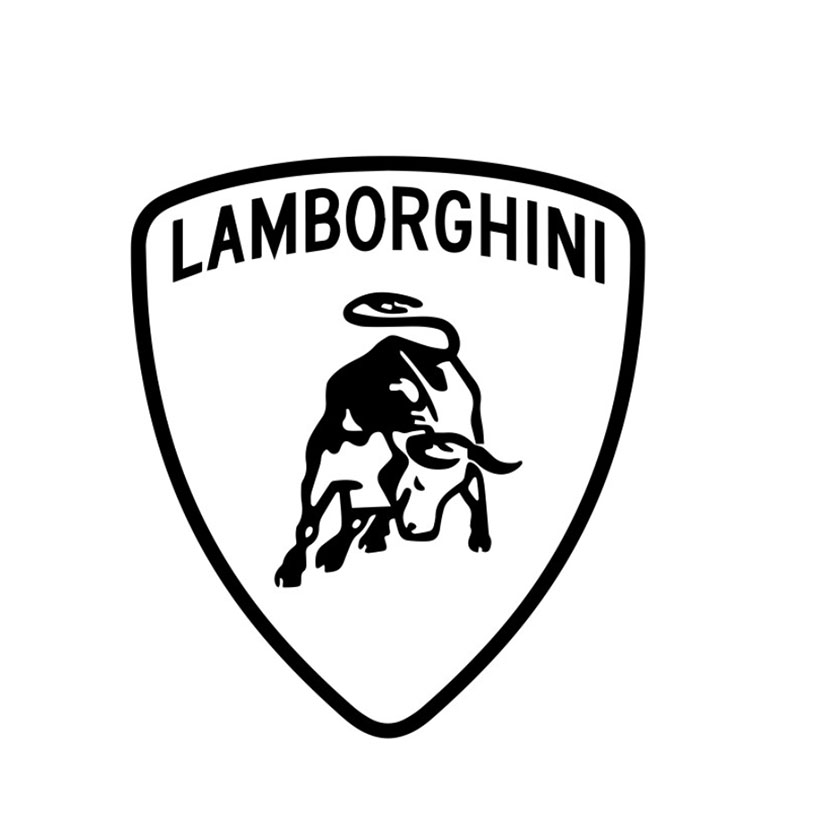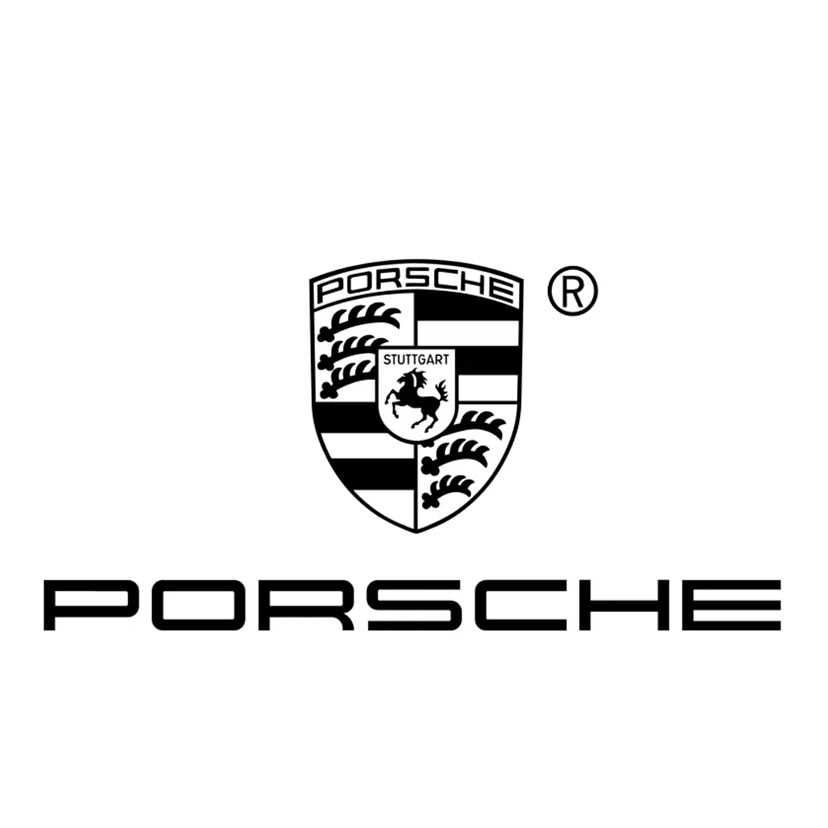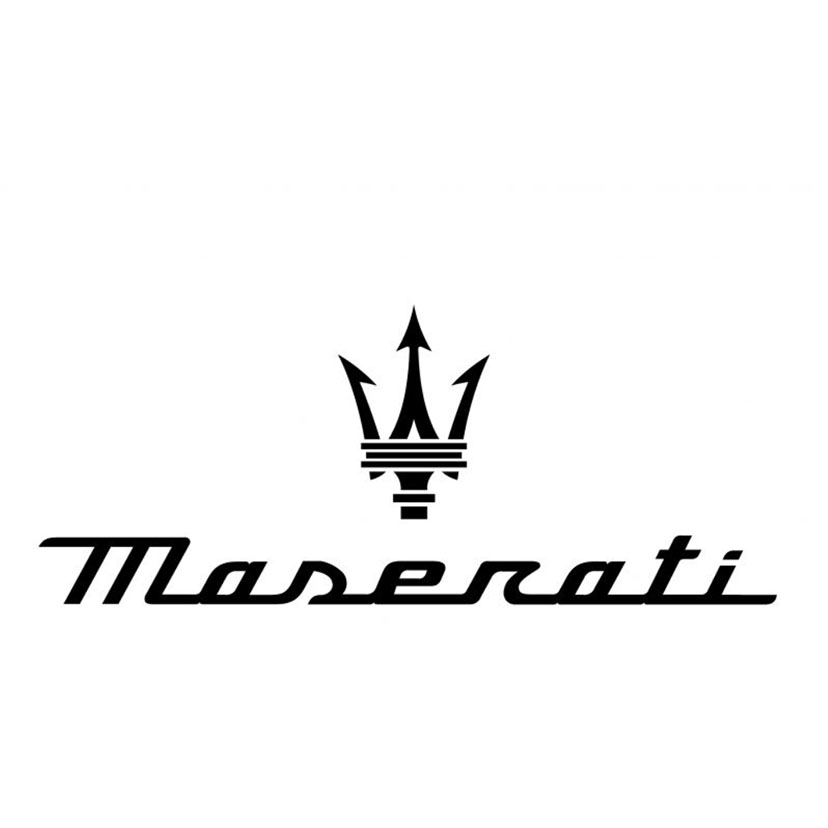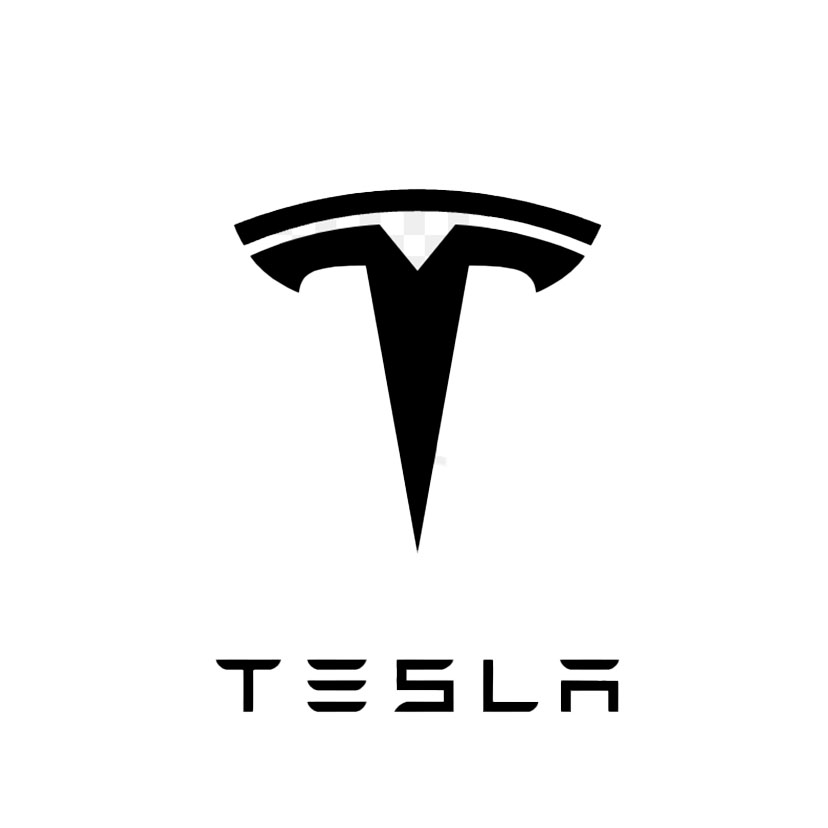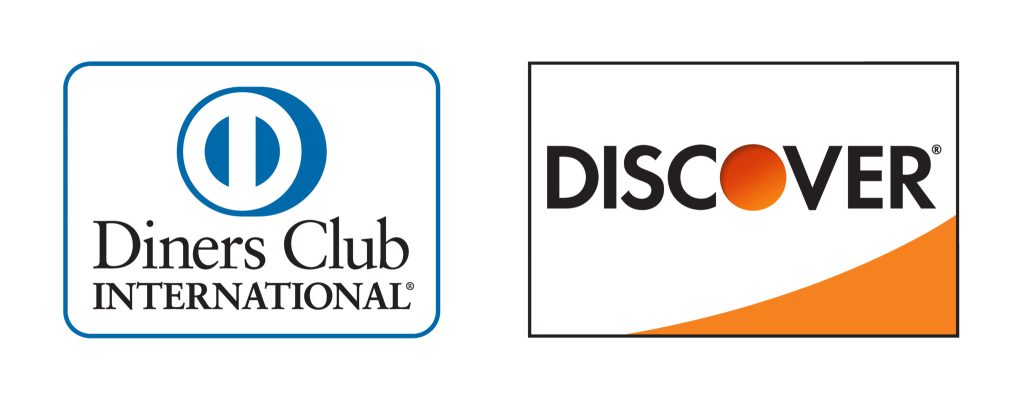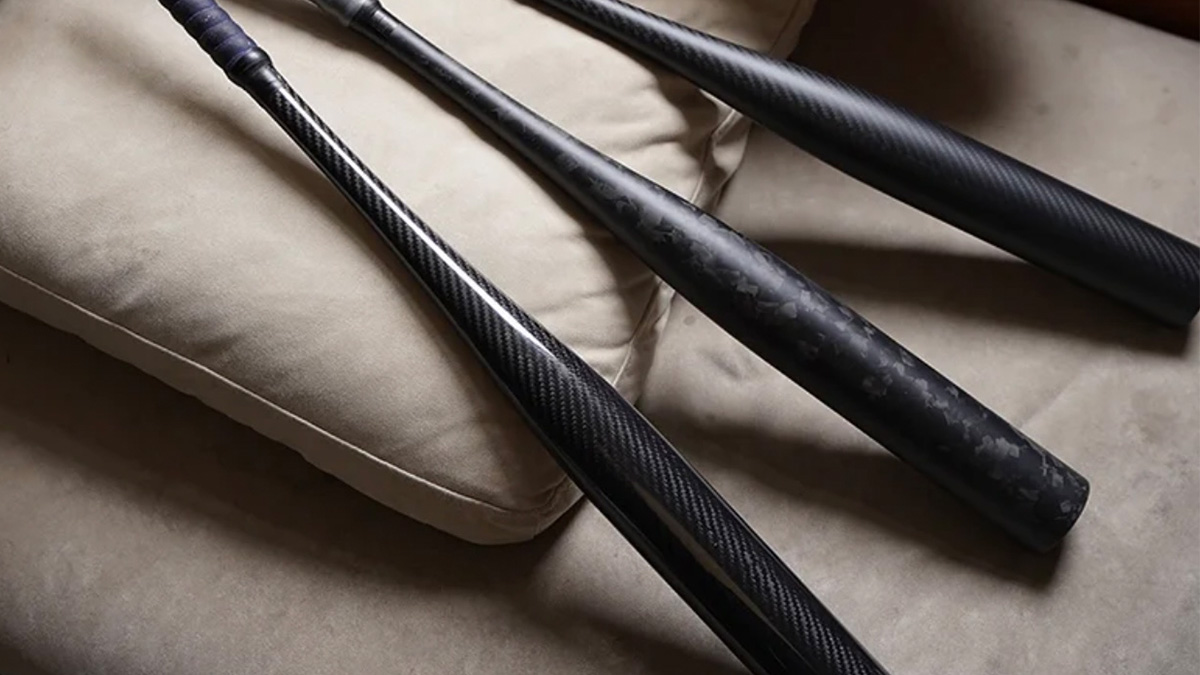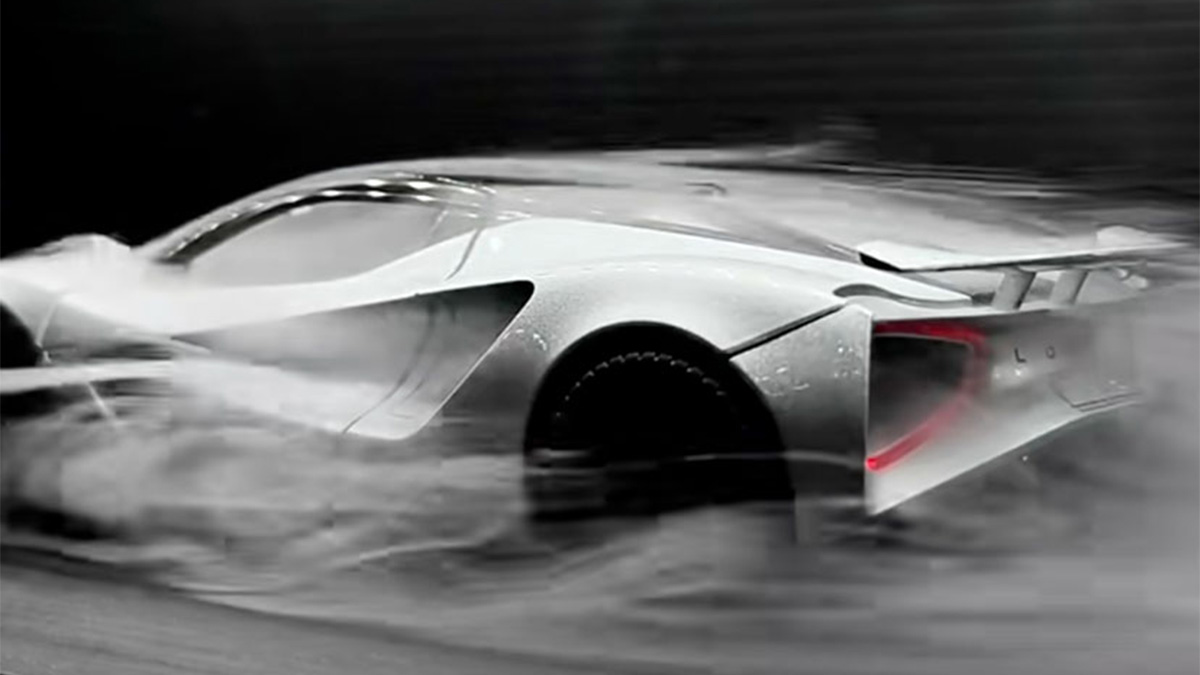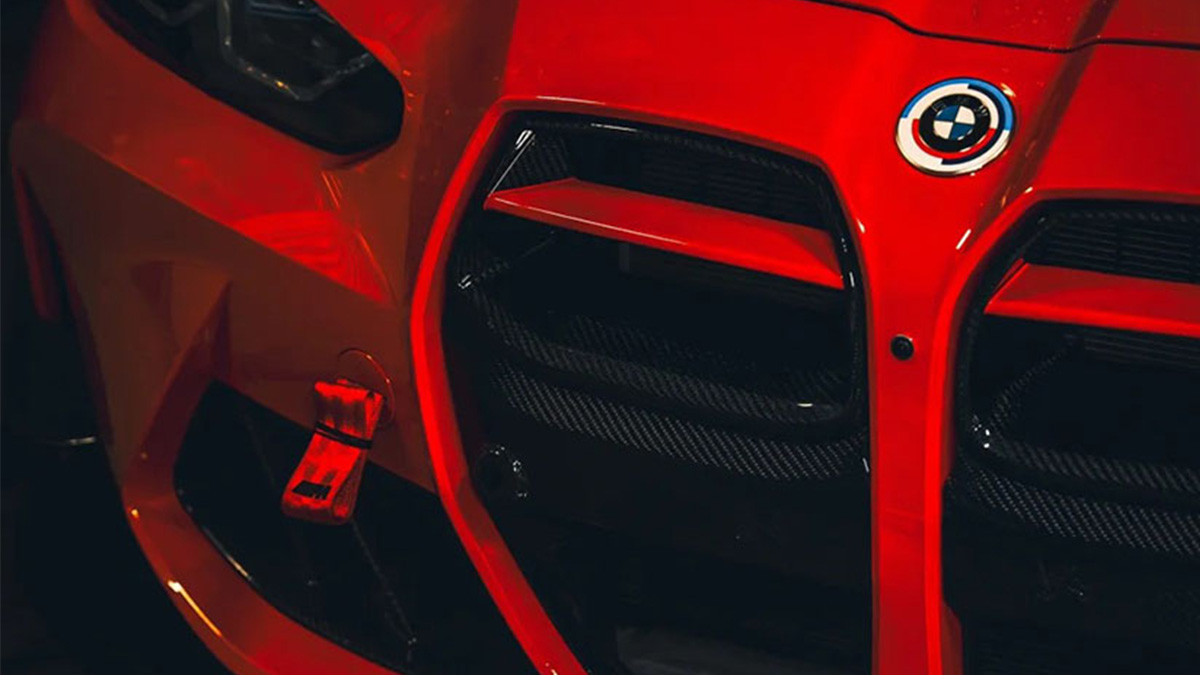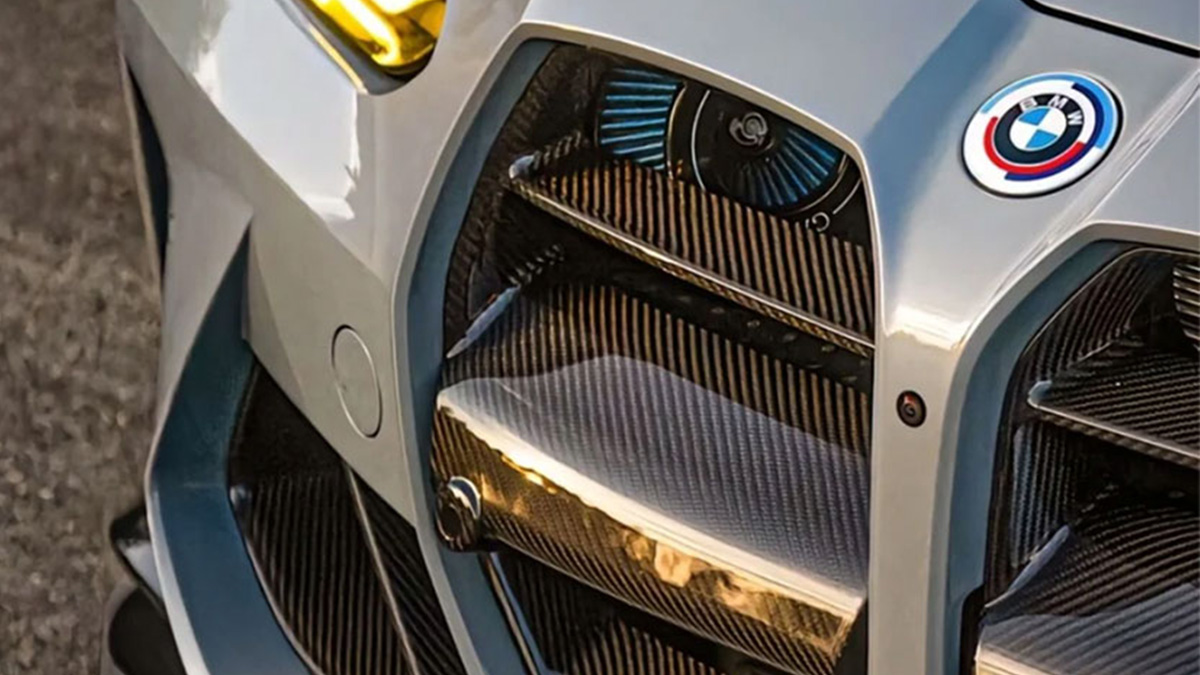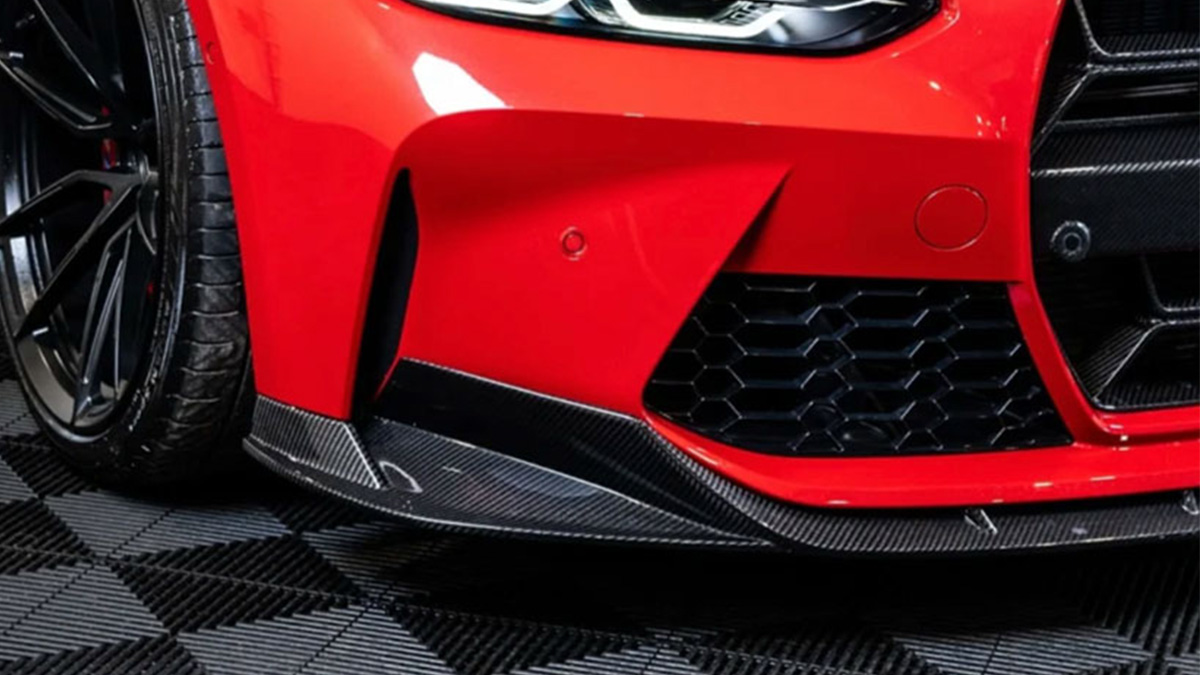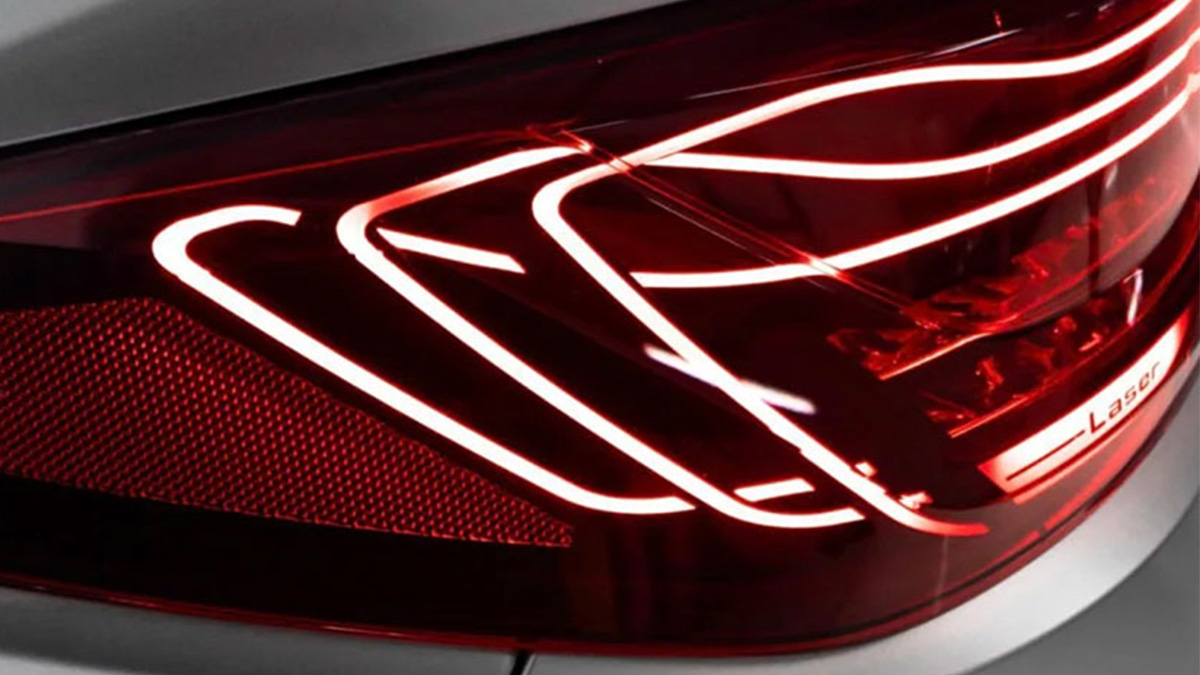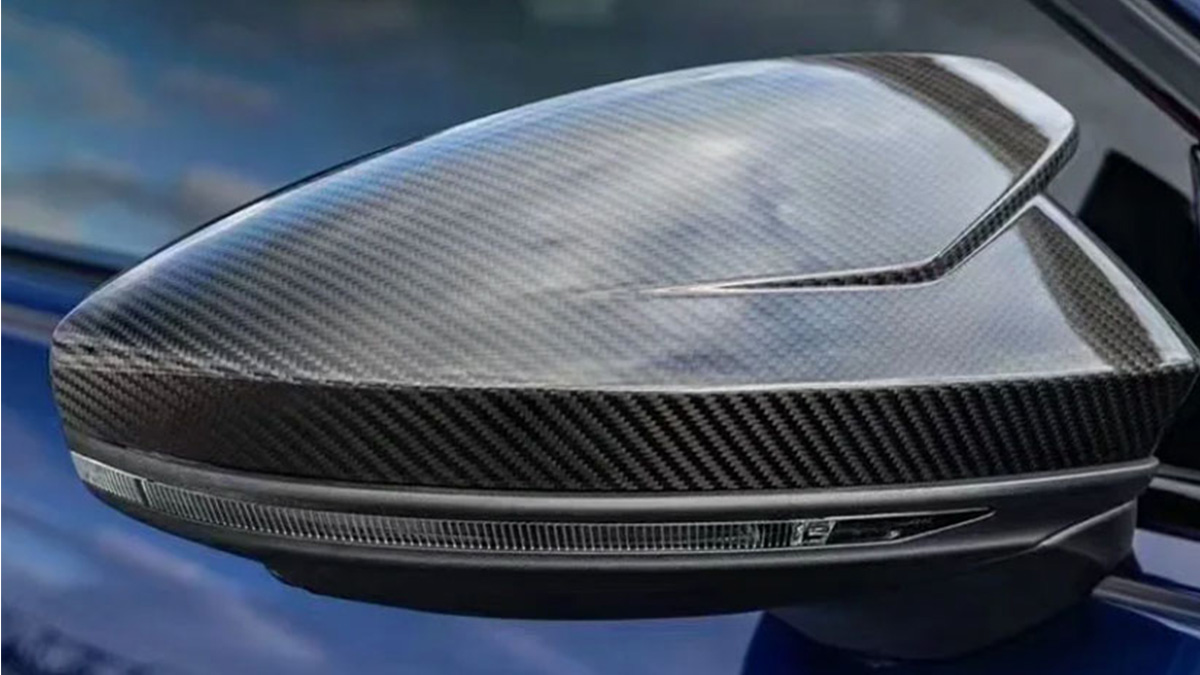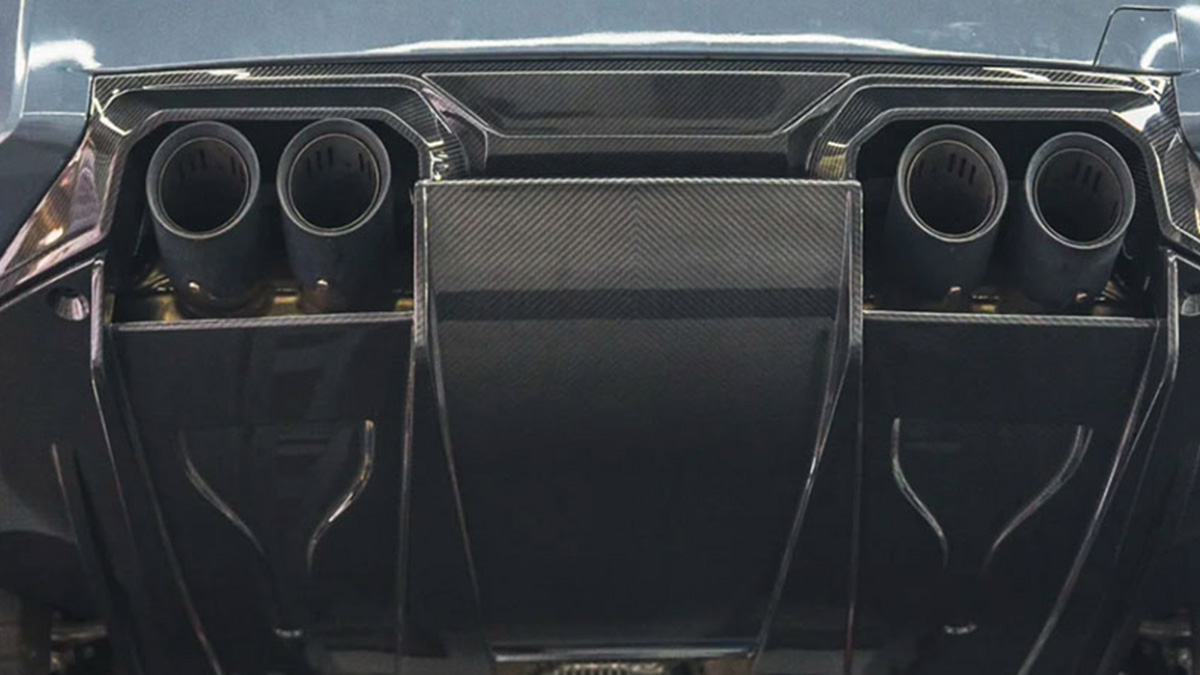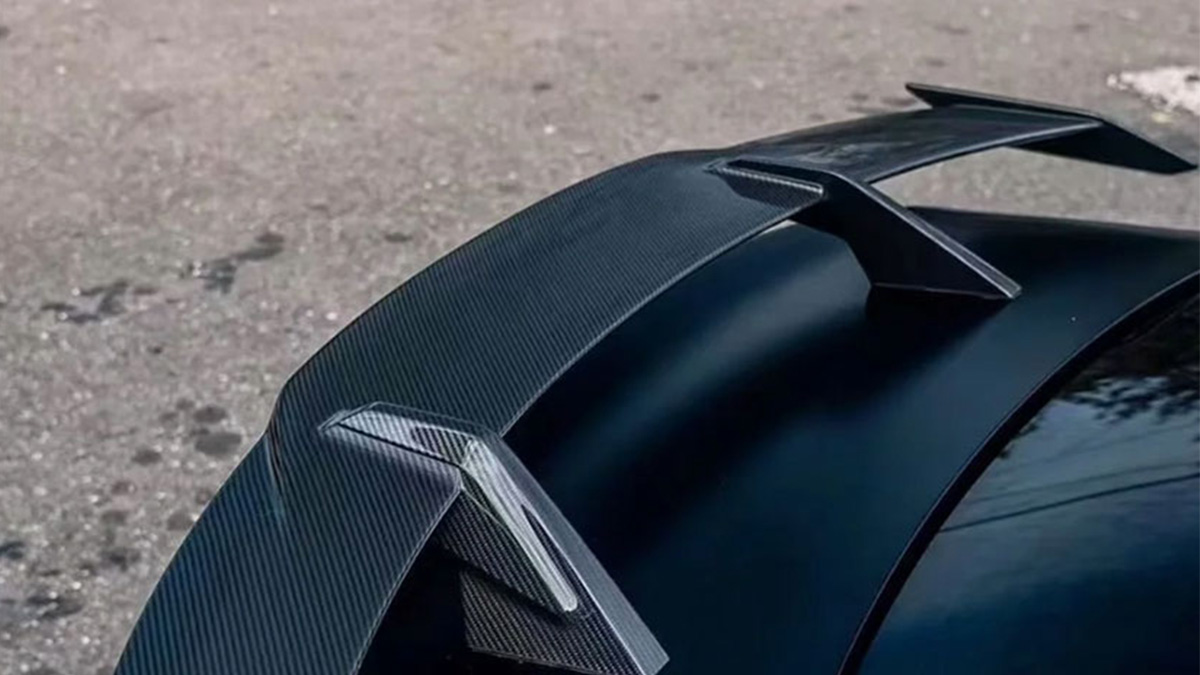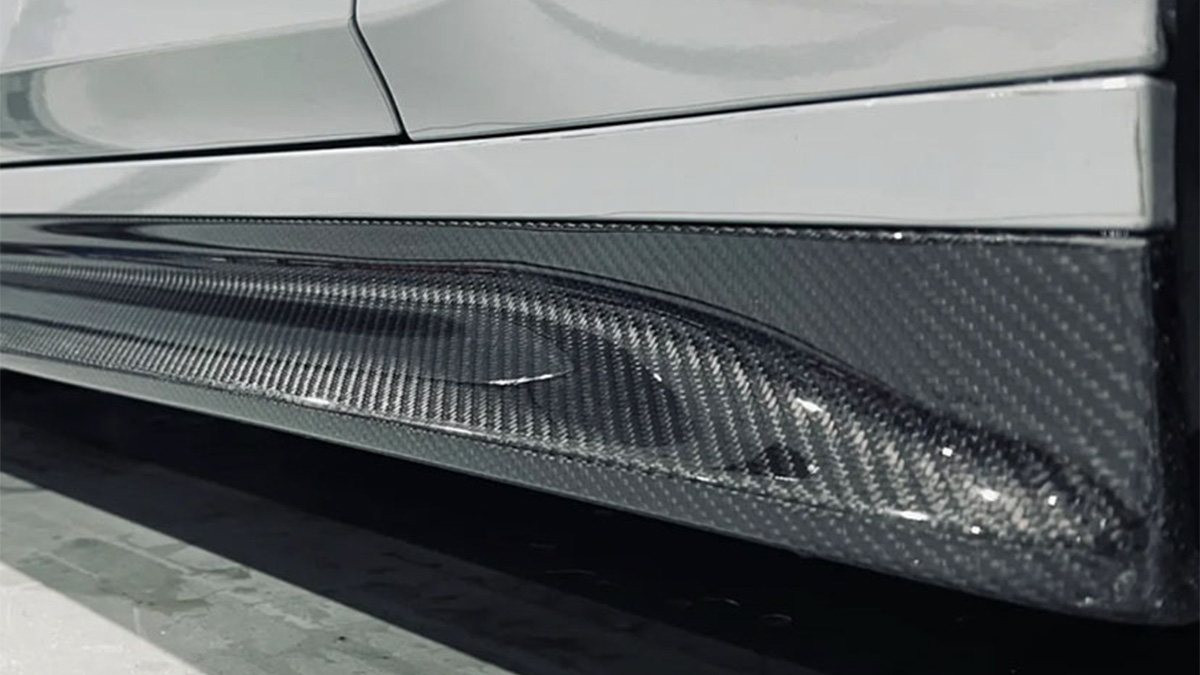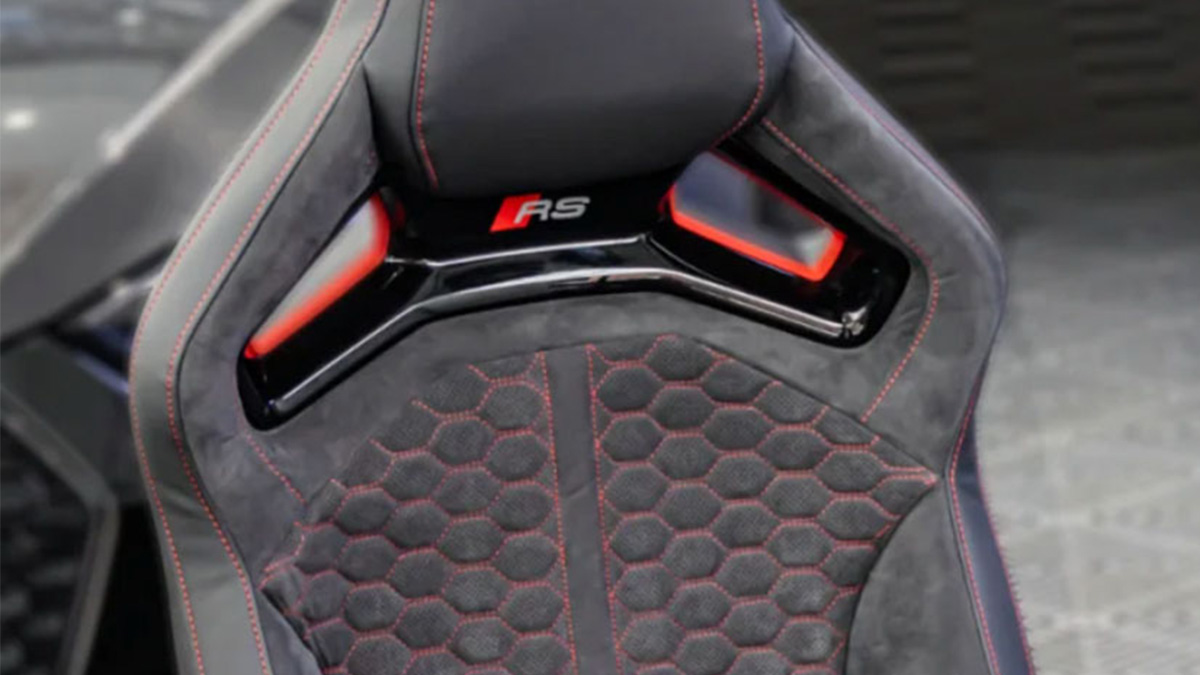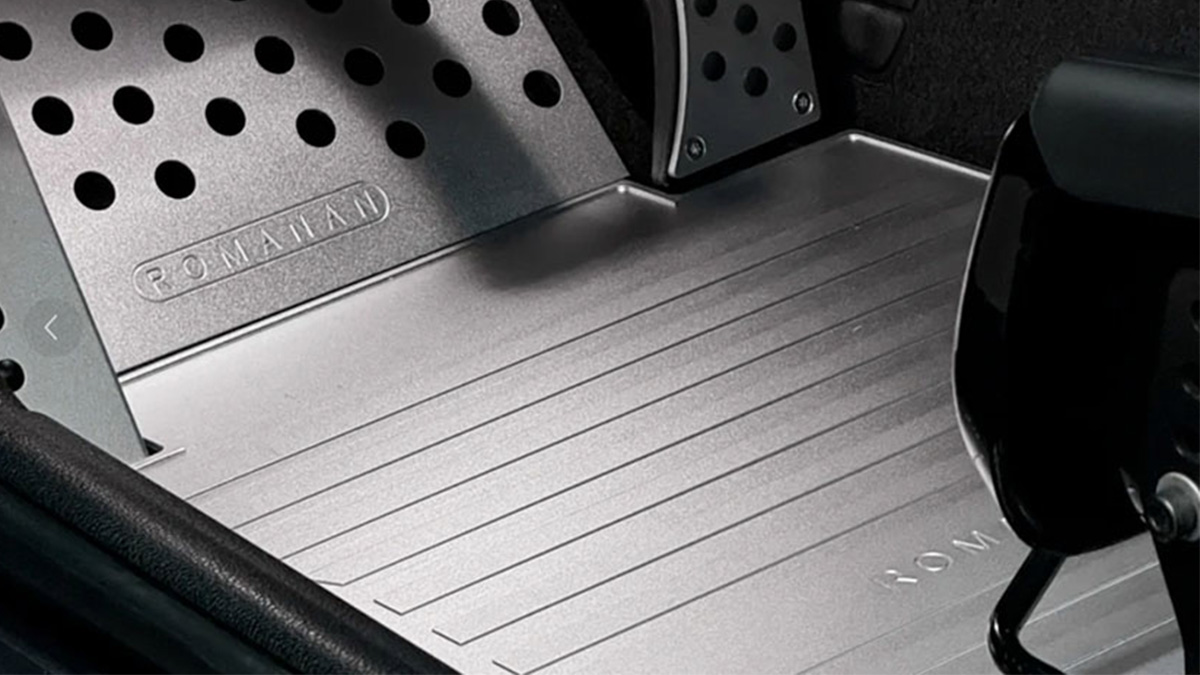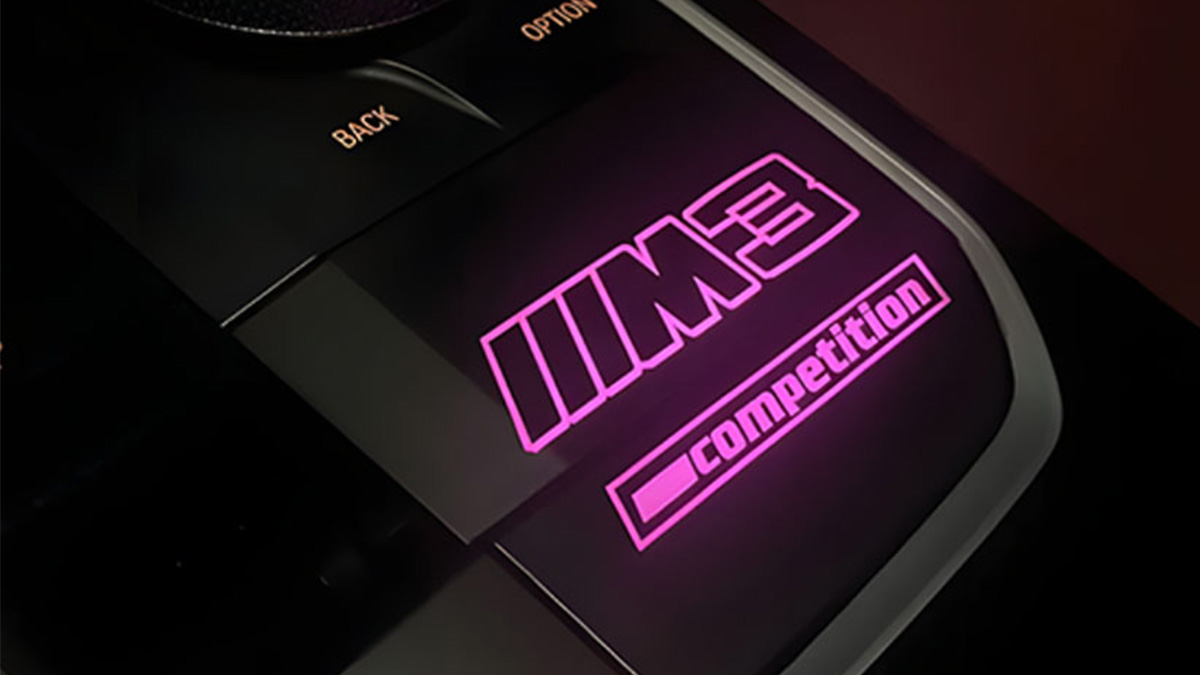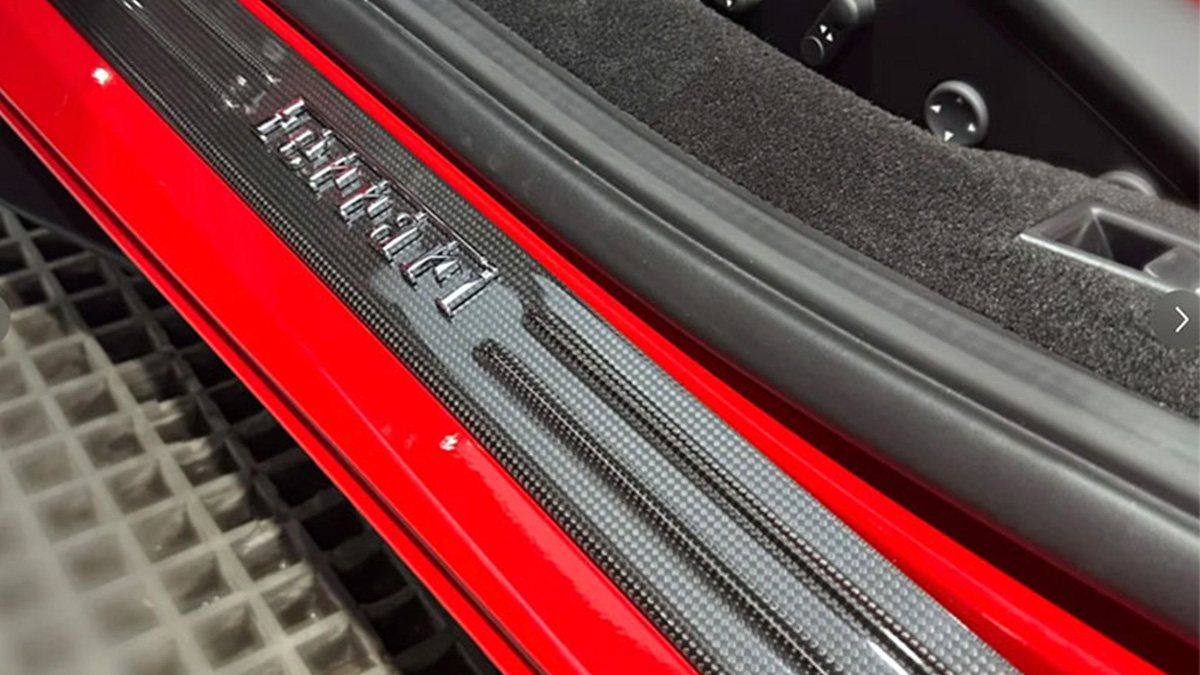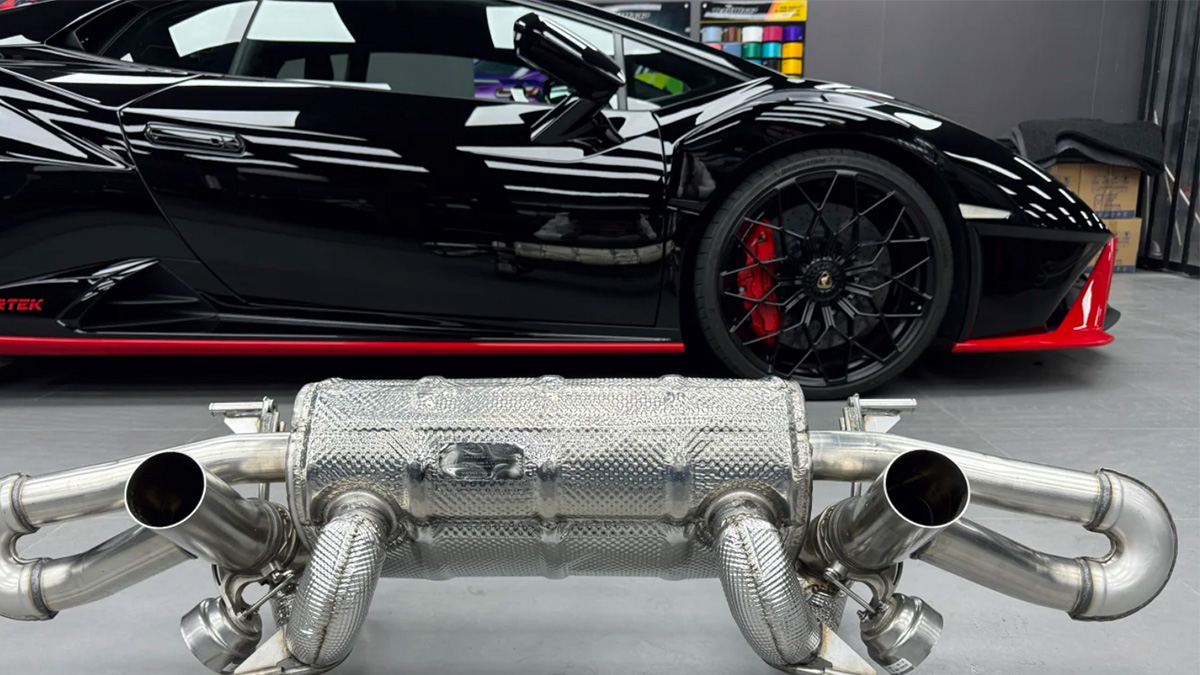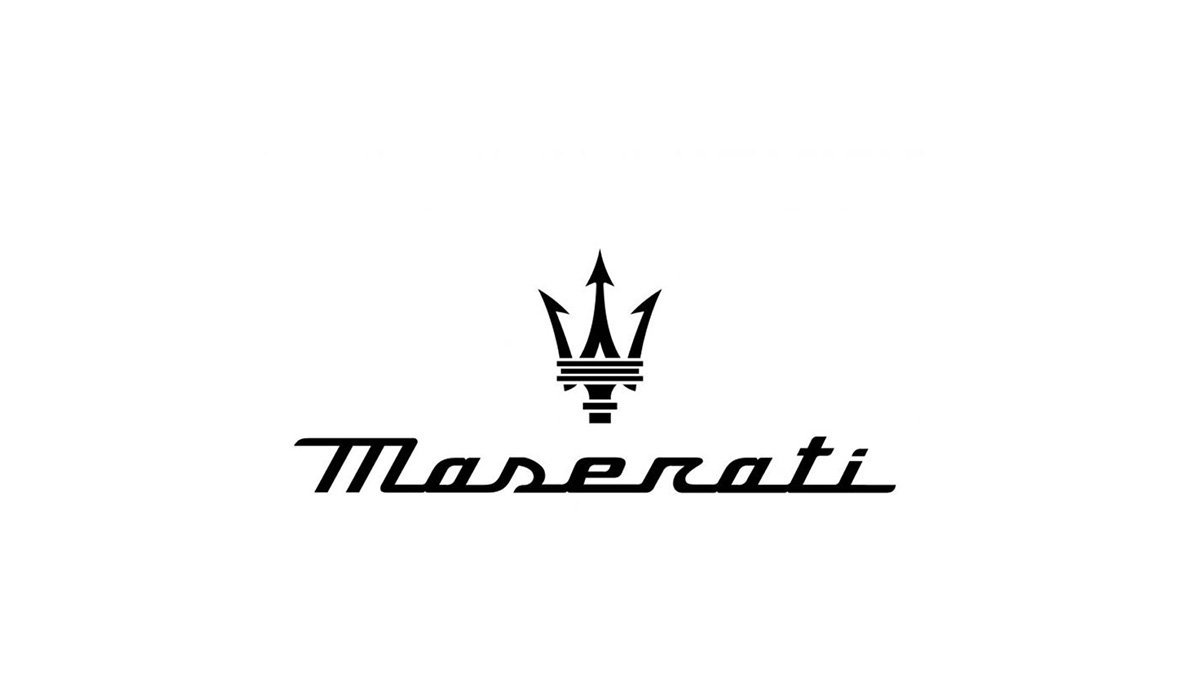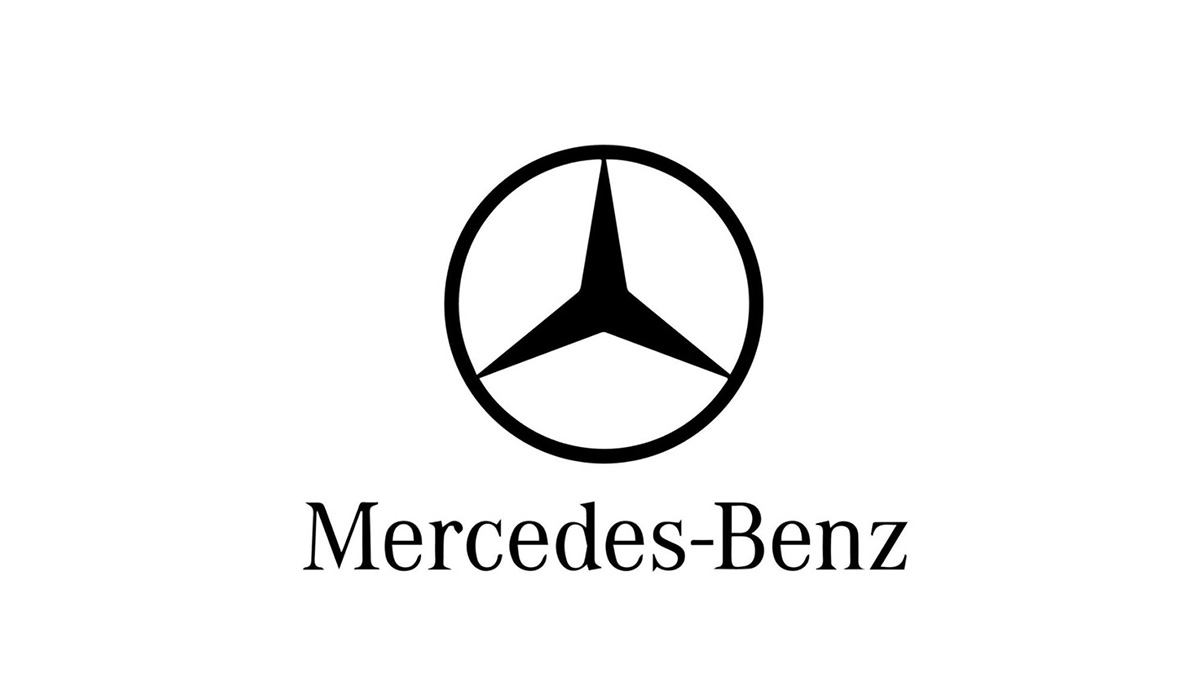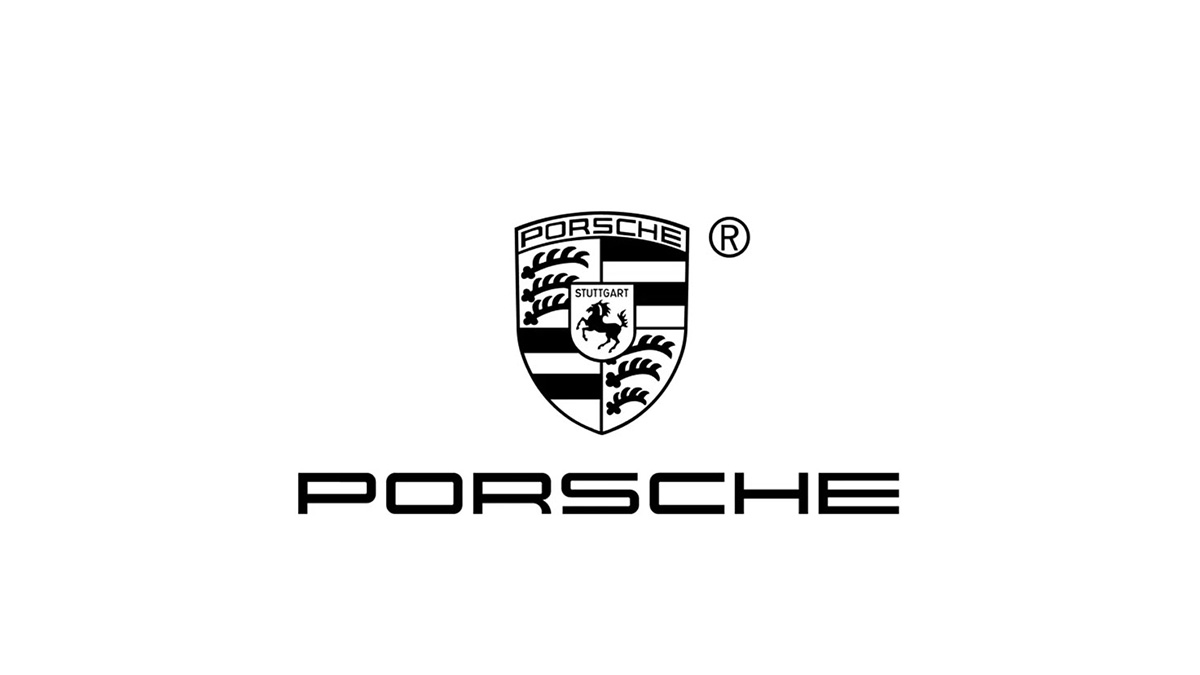The Story of the Porsche Cayenne and Its Impact on Automotive History
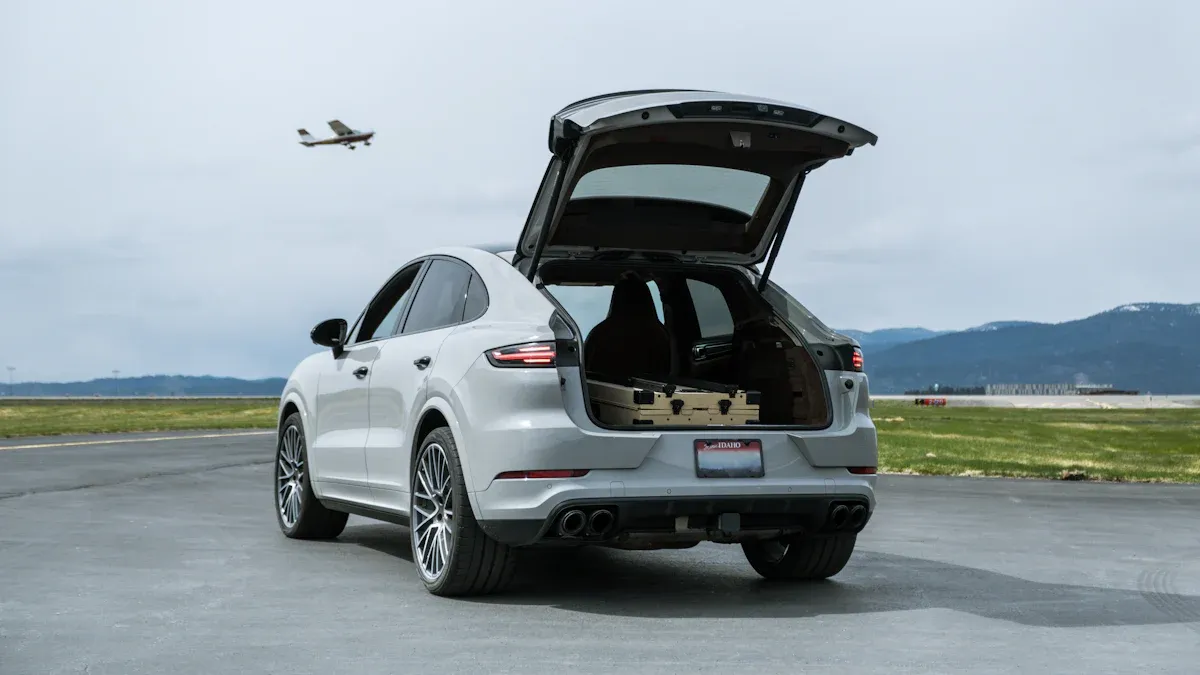
When Porsche introduced the Cayenne, it redefined what a luxury Porsche SUV could be. You might not expect a brand known for sports cars to create a family-friendly vehicle, but Porsche saw an opportunity. Many 911 owners also wanted a high-performance SUV, and the Cayenne delivered. It combined practicality with the power and precision you associate with Porsche. This bold move not only filled a gap in the market but also set new standards for luxury SUVs. Over the years, the Cayenne has evolved, proving its lasting impact on the automotive world.
Key Takeaways
The Porsche Cayenne changed the brand by joining the SUV market.
It helped Porsche recover from money problems in the 1990s.
Working with Volkswagen made building the Cayenne faster and easier.
They shared parts but kept the Cayenne’s special performance features.
The Cayenne raised the bar for luxury SUVs everywhere.
It mixed great speed, new technology, and a fancy design.
Porsche cares about the planet, shown in its hybrid Cayenne models.
These hybrids cut pollution but still give an exciting drive.
The Cayenne’s success pushed other brands to make fast, fancy SUVs.
It changed what buyers expect and shaped the car market.
The Birth of the Porsche Cayenne
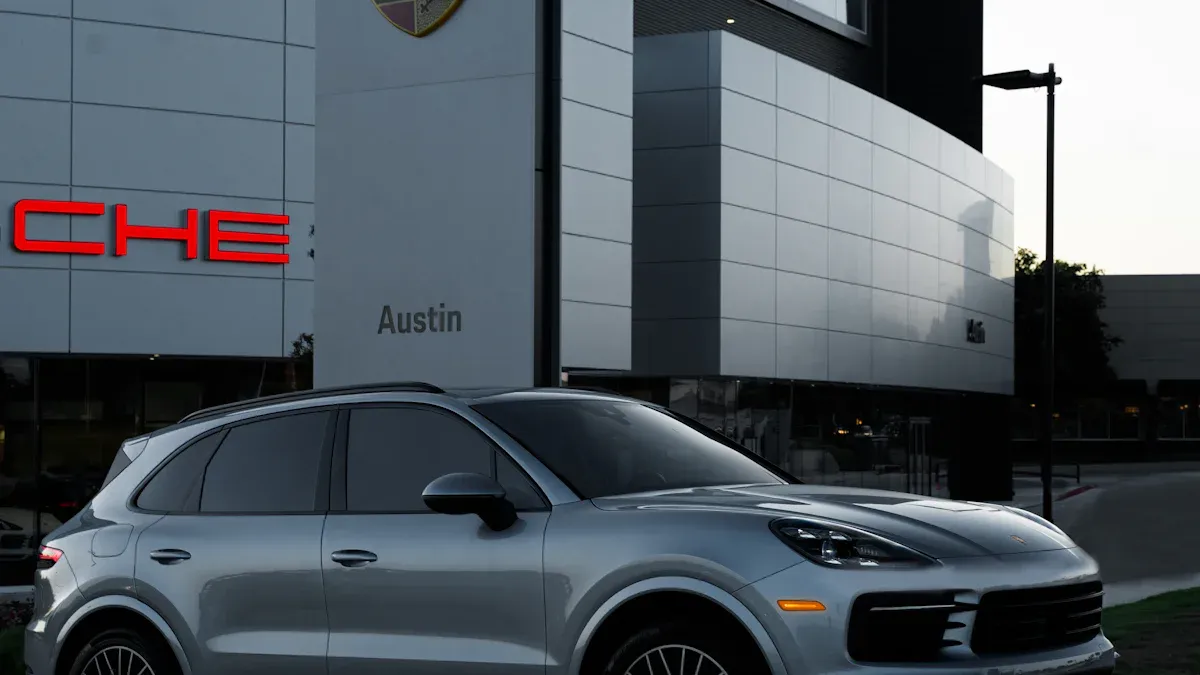
Porsche’s Move into the SUV Market
Financial struggles in the 1990s and the need for diversification.
In the 1990s, Porsche faced significant financial challenges. The luxury car market experienced cyclical downturns, and Porsche’s reliance on sports cars made it vulnerable. After the 1987 stock market crash, sales dropped sharply, especially in the U.S., which was Porsche’s largest market. You can imagine how difficult it was for the company to stay afloat during this period. To survive, Porsche needed to diversify its offerings and reduce its dependence on sports cars.
“The problem is that when a recession hits, a product like ours is the ultimate delayable purchase. If we are to stay independent, we have to make some kind of change to that cycle.”
This quote from a Porsche executive highlights the urgency of the situation. By entering the SUV market, Porsche aimed to create a stable revenue stream and protect itself from economic fluctuations. The decision to develop the Cayenne was not just about survival; it was about securing the company’s future.
The strategic decision to create the first Porsche SUV.
The idea of creating the first SUV under the Porsche brand was bold. At the time, SUVs were gaining popularity, and Porsche saw an opportunity to tap into this growing market. The company wanted to offer a vehicle that combined the practicality of an SUV with the performance and luxury Porsche was known for. This strategy was a gamble, but it paid off. The Cayenne became a symbol of Porsche’s ability to innovate and adapt to changing market demands.
Launching the First-Generation Cayenne
Collaboration with Volkswagen and shared platform development.
To bring the Cayenne to life, Porsche collaborated with Volkswagen. Both companies developed the SUV on a shared platform called PL71, which was also used for the Volkswagen Touareg and Audi Q7. This partnership allowed Porsche to share essential components like powertrains and suspension systems while focusing on unique features. For example, Porsche implemented its own engine options and chassis tuning to ensure the Cayenne delivered the driving experience you would expect from the brand.
Initially, Porsche considered basing the Cayenne on the Mercedes-Benz M-Class but chose Volkswagen instead.
The Cayenne and Touareg shared parts like the windshield and doors, which limited design differences.
Despite shared components, Porsche gave the Cayenne a sportier look by adjusting elements like the D-pillar angle.
This collaboration helped Porsche reduce costs and speed up production without compromising on quality.
Market reception and its immediate success.
When the first-generation Cayenne launched in December 2002, it faced skepticism. Traditional Porsche enthusiasts questioned the brand’s move into the SUV market. However, the Cayenne quickly proved its worth. It became a commercial success, boosting Porsche’s financial stability and becoming the best-selling model in the company’s history. The Cayenne’s success showed that Porsche could expand beyond sports cars without losing its identity.
The Evolution of the Porsche Cayenne
First-Generation Cayenne (2002-2010)
Return of the V8 engine and groundbreaking features.
The first-generation Cayenne marked Porsche’s return to V8 engines, a move that excited enthusiasts. You could choose from multiple engine options, including V6, V8, and even a diesel variant. The Cayenne Turbo, with its 500 PS V8 engine, delivered top-tier performance, accelerating from 0 to 100 km/h in just 5.3 seconds. Porsche also introduced groundbreaking features like air suspension and Porsche Dynamic Chassis Control (PDCC) in 2008, which improved handling and ride comfort.
Model | Engine Type | Power (PS) | 0-100 km/h (s) | Notable Features |
|---|---|---|---|---|
Cayenne 955 | V8 | 450 | 5.3 | Turbocharged, air-suspension |
Cayenne S | V8 | 340 | N/A | High performance |
Cayenne Turbo | V8 | 500 | N/A | Top performance SUV |
Cayenne Diesel | Diesel Engine | N/A | N/A | Fuel-efficient option |
Cayenne GTS | V8 | N/A | N/A | Sporty variant |
Cayenne S Transsyberia | V8 | N/A | N/A | Limited edition |
Cayenne 957 | V8 | N/A | N/A | Facelift with improved technology |
Mid-cycle updates and the foundation for hybrid technology.
In 2008, Porsche gave the first-generation Cayenne a facelift, refining its design and technology. Updates included aesthetic changes and the introduction of PDCC, which enhanced cornering stability. These updates laid the groundwork for hybrid technology, setting the stage for future innovations in sustainability.
Second-Generation Cayenne (2010-2017)
Design overhaul and introduction of hybrid variants.
The second-generation Cayenne brought a modernized design. You would notice a sleeker front end with larger air intakes and a lowered roofline, aligning its styling with the Porsche 911. The interior also received a significant upgrade, offering more luxury and customization options. Porsche introduced a plug-in E-Hybrid version, showcasing its commitment to sustainability.
Redesigned front end with larger air intakes.
Lowered roofline for a sportier appearance.
Introduction of bi-Xenon headlights and adaptive air suspension.
Increased overall length by 63 mm and reduced height by 9 mm.
Enhanced performance and luxury features.
The second-generation Cayenne improved performance across the board. It featured an expanded range of engine options and an upgraded 8-speed transmission. You could enjoy enhanced handling, thanks to features like PASM and adaptive air suspension. The interior offered dual-zone climate control as standard, with additional luxury options available.
Feature | First Generation | Second Generation |
|---|---|---|
Power | Lower | Increased |
Acceleration | Slower | Improved |
Handling | Less refined | Enhanced |
Transmission | 6-speed | 8-speed |
Engine Options | Limited | Expanded |
Third-Generation Cayenne (2018-Present)
Advanced technology and electrification efforts.
The third-generation Cayenne embraced advanced technology and electrification. Standard features included LED headlights, a panoramic roof, and a Bose Surround Sound system. The Porsche Advanced Cockpit introduced a 12.3-inch touchscreen and a fully digital instrument cluster. All engine options became turbocharged, and Porsche enhanced the suspension for better comfort and handling.
Upgraded infotainment system with Porsche Communication Management (PCM) 6.0.
Optional Porsche Surface Coated Brakes (PSCB) for reduced brake dust.
Expanded driver assistance technologies like adaptive cruise control.
The 2024 refresh and the 729-hp hybrid variant.
The 2024 refresh brought significant updates. The dashboard now resembles the Taycan, featuring a 12.6-inch digital gauge cluster. Exterior changes included minor restyling of the hood, headlights, and bumpers. The E-Hybrid model received a more powerful electric motor and increased battery capacity, offering up to 90 km of electric range.
Feature | Description |
|---|---|
Dashboard Layout | New layout similar to the Taycan with a fully digital 12.6-inch gauge cluster. |
Lighting | Standard Matrix LED headlamps; optional HD Matrix LED with over 32,000 pixels per headlamp. |
Powertrain Updates | Base V6 engine increased to 349 hp; Cayenne S returns with a 4.0-litre V8 engine. |
E-Hybrid Enhancements | Electric motor upgraded to 130 kW; battery capacity increased to 93 MJ, offering 90 km electric range. |
The third-generation Cayenne continues to lead in innovation, blending luxury with cutting-edge technology.
The Cayenne’s Impact on Porsche and the Luxury SUV Market
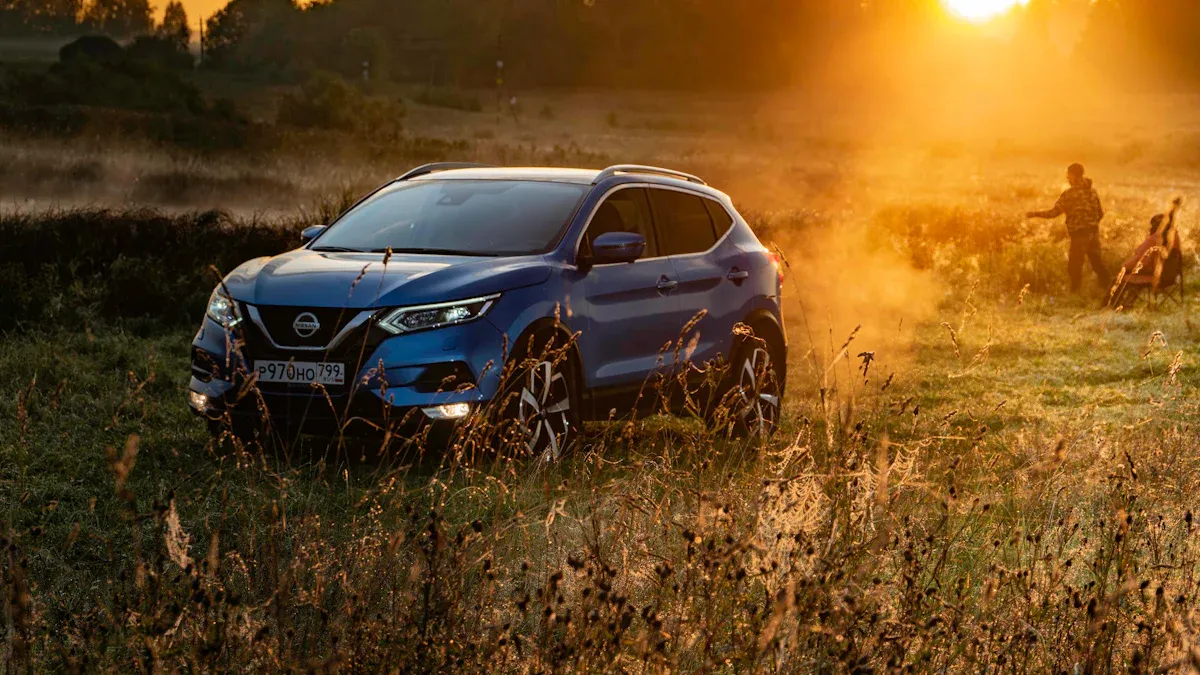
Transforming Porsche’s Brand and Financial Stability
How the Cayenne saved Porsche from financial difficulties.
The Porsche Cayenne played a pivotal role in transforming Porsche’s fortunes. In the 1990s, Porsche faced financial struggles, relying heavily on its sports cars. You might not have expected an SUV to save the brand, but that’s exactly what happened. The Cayenne was designed to target the growing SUV market rather than traditional Porsche buyers. This strategic move allowed Porsche to recover from its financial difficulties. The Cayenne quickly became the best-selling and most profitable model in Porsche’s history. Its success provided the financial stability needed to invest in iconic sports cars like the 911, ensuring Porsche’s legacy.
Expansion into key markets like the U.S. and China.
The Cayenne also helped Porsche expand into key international markets. Its introduction coincided with the SUV boom in North America, making it a perfect fit for the U.S. market. You can see how this high-end SUV appealed to American consumers who valued both performance and practicality. In China, the Cayenne’s luxury and versatility resonated with a growing middle class.
The Cayenne has been one of Porsche’s best-selling models since its launch in 2002.
It allowed Porsche to enter the lucrative SUV market in the U.S. and China.
The model significantly contributed to expanding Porsche’s international sales network.
By sharing a platform with Volkswagen, Porsche also reduced production costs, enhancing its market presence without compromising quality.
Redefining the Luxury SUV Segment
Setting new benchmarks for performance and luxury.
The Cayenne set new standards for what a high-performance SUV could achieve. Its blend of power, luxury, and technology redefined the segment.
Feature | Specification |
|---|---|
Engine | 4.0-litre twin-turbocharged V8 |
Horsepower | 493 hp |
0-60 mph | 4.4 seconds (4.2 with Sport Chrono) |
Transmission | Eight-speed Tiptronic S |
Adaptive Air Suspension | Yes |
Interior Materials | Alcantara and leather |
Infotainment System | 12.3-inch touchscreen |
BOSE Surround Sound System | Yes |
Cargo Space (max) | 1,708 Litres |
The Cayenne’s sleek design, luxurious interiors, and advanced features like Porsche Active Suspension Management (PASM) made it a standout in the high-end SUV market. You could enjoy a tailored ride experience while benefiting from cutting-edge technology.
Inspiring competitors to enter the high-performance SUV space.
The Cayenne’s success inspired other automakers to enter the high-performance SUV market. Brands like BMW, Mercedes-Benz, and Audi followed Porsche’s lead, introducing their own luxury SUVs. The Cayenne proved that a high-end family-friendly SUV could deliver both practicality and thrilling performance. Its influence reshaped the automotive landscape, pushing competitors to innovate and meet the new benchmarks it had set.
The Cayenne’s Role in Automotive Innovation
Advancements in Hybrid and Sustainability
The Cayenne’s hybrid and plug-in hybrid models.
The Cayenne has been a trailblazer in hybrid technology, offering models that combine performance with sustainability. You can see this innovation in the Cayenne Hybrid and Cayenne S E-Hybrid. These models integrate traditional combustion engines with electric motors, reducing emissions while maintaining the thrilling driving experience Porsche is known for.
Model | Key Features | Electric Range (NEDC) | Battery Type |
|---|---|---|---|
Cayenne Hybrid | 3.0-L petrol V6 linked with an electric motor, CO2 emissions of 193 g/km | N/A | 288-volt nickel metal hydride |
Cayenne S E-Hybrid | First plug-in hybrid in the premium SUV segment, all-electric range of 18-36 km | 18-36 km | N/A |
These advancements highlight Porsche’s ability to blend cutting-edge technology with environmental responsibility. The Cayenne S E-Hybrid, for example, became the first plug-in hybrid in the luxury SUV market, setting a benchmark for competitors.
Porsche’s commitment to electrification and reducing emissions.
Porsche’s dedication to sustainability extends beyond hybrid models. The Cayenne E-Hybrid exemplifies this commitment by combining an internal combustion engine with an electric motor to lower emissions. Porsche also focuses on sustainable manufacturing processes and materials, ensuring that every step aligns with their environmental goals.
Evidence Type | Description |
|---|---|
Hybrid Model | The Cayenne E-Hybrid combines an internal combustion engine with an electric motor, reducing emissions. |
Commitment to Sustainability | Porsche’s strategy includes the use of sustainable materials and processes in manufacturing. |
By prioritizing electrification, Porsche ensures that the Cayenne remains a leader in the transition to greener automotive solutions.
Influence on Consumer Preferences
Popularizing the concept of performance-oriented SUVs.
The Cayenne didn’t invent the high-performance SUV, but it made the concept mainstream. You can thank the Cayenne for inspiring brands like Aston Martin, Lamborghini, and Ferrari to enter the SUV market. Its success proved that an SUV could deliver both practicality and exhilarating performance.
Feature | Description |
|---|---|
Engine | 4.0-litre twin-turbocharged V8 engine with 493 horsepower, 0-60mph in 4.4 seconds. |
Suspension | Adaptive air suspension and Porsche Active Suspension Management (PASM) for enhanced driving dynamics. |
Design | Aggressive yet elegant design with larger air intakes and a sleek roofline. |
Interior | High-quality materials including Alcantara and leather, with 8-way GTS SportSeats for comfort. |
Technology | Porsche Communication Management (PCM) with a 12.3-inch touchscreen and BOSE Surround Sound system. |
Safety | Features like adaptive cruise control and lane-keeping assist for maximum safety. |
Practicality | Versatile interior with expandable luggage space from 772 Litres to 1,708 Litres. |
The Cayenne’s ability to combine luxury, performance, and practicality has redefined what consumers expect from a Porsche SUV.
Adapting to evolving market demands over two decades.
Porsche has consistently adapted the Cayenne to meet changing consumer preferences. The Cayenne marked Porsche’s entry into the SUV market, addressing the demand for luxury SUVs among high-end coupe owners. Over the years, Porsche expanded its lineup with models like the Cayenne Coupe and the fully electric Taycan, ensuring its relevance in a competitive market.
The Cayenne introduced Porsche to the SUV segment, followed by the Macan.
Plug-in hybrids like the Cayenne E-Hybrid and Panamera E-Hybrid reflect Porsche’s commitment to cleaner energy sources.
Porsche diversified its portfolio with models like the Cayenne Coupe and Taycan to cater to various market segments.
Cost-saving measures, such as platform-sharing with Volkswagen, ensured profitability without compromising quality.
By staying ahead of trends, Porsche has kept the Cayenne at the forefront of the luxury SUV market.
The Porsche Cayenne stands as a transformative milestone in Porsche’s history. It quickly became one of the brand’s best-selling vehicles, significantly boosting revenue and enabling the company to continue developing its iconic sports cars. By entering the SUV market, Porsche reached a broader audience while maintaining its reputation for luxury and performance. This success also paved the way for models like the Cayenne Coupe and the smaller Macan, which further expanded Porsche’s lineup.
Today, the Cayenne remains a leader in the luxury SUV market. Its advanced technology, high-performance options, and luxurious design features set it apart. Whether you prefer a robust V6 or V8 engine or an eco-friendly hybrid variant, the Cayenne caters to diverse preferences. With updates like the 2024 refresh, it continues to shape trends and redefine expectations in the segment. The Cayenne’s legacy proves that innovation and adaptability are key to staying relevant in a competitive market.

